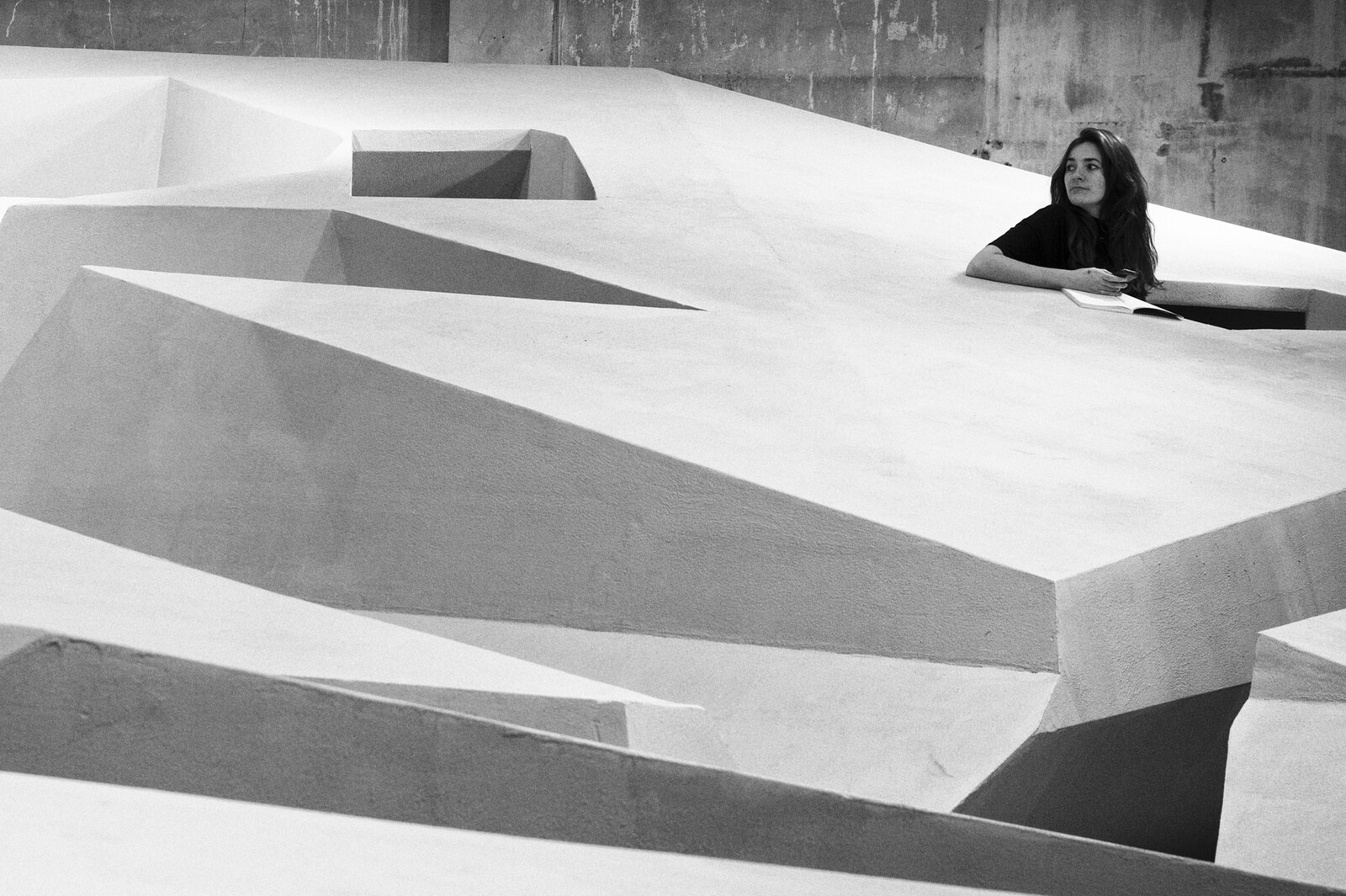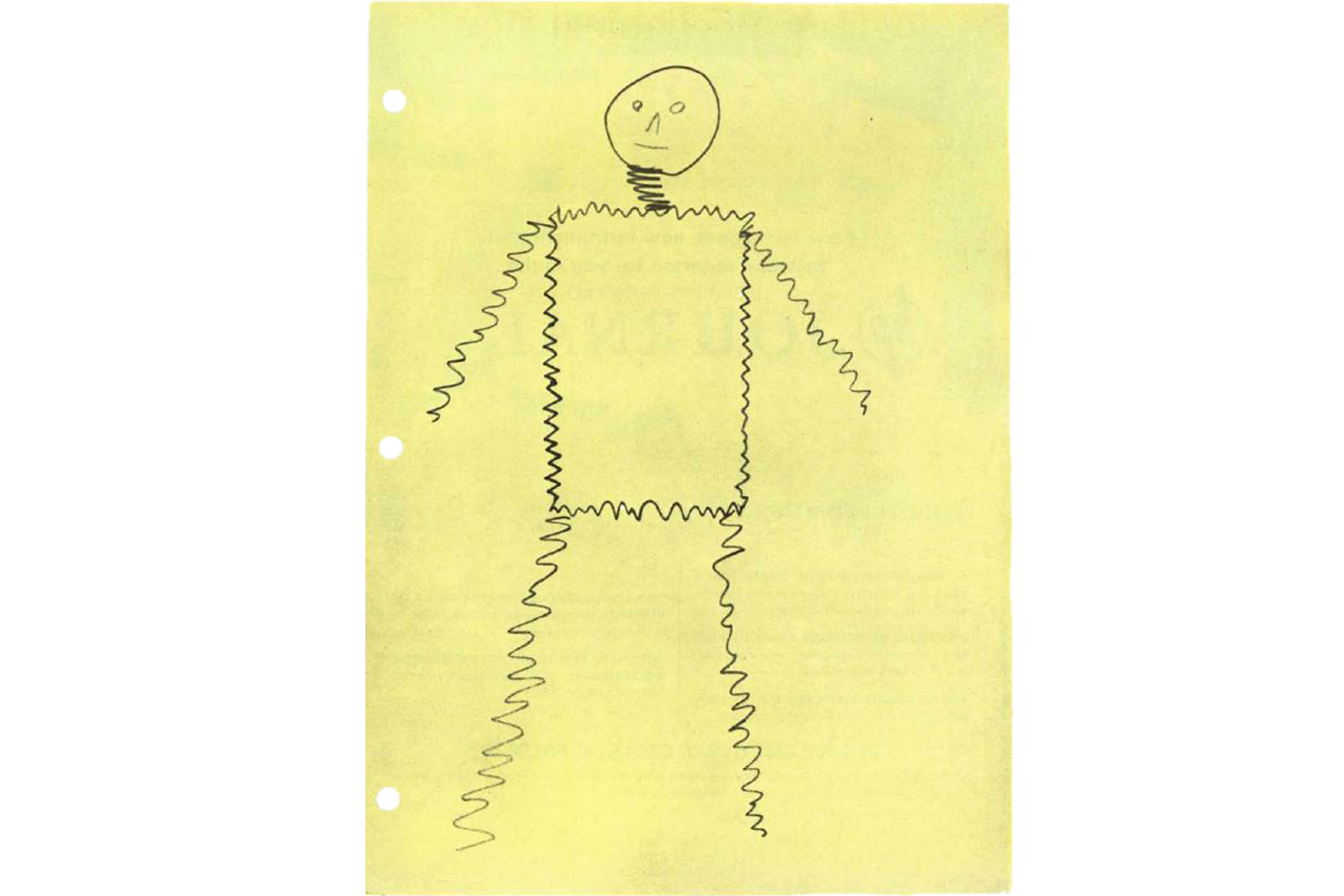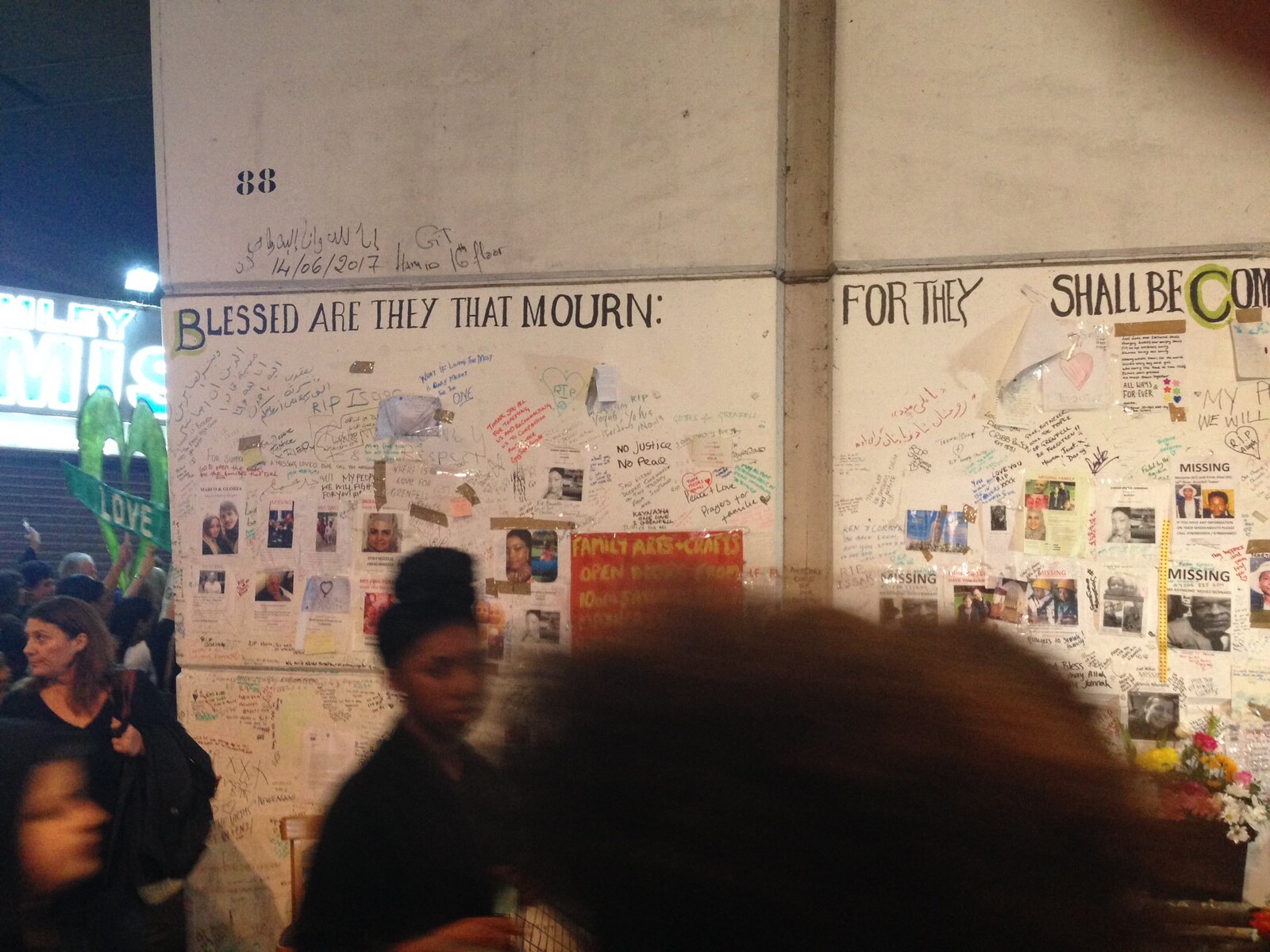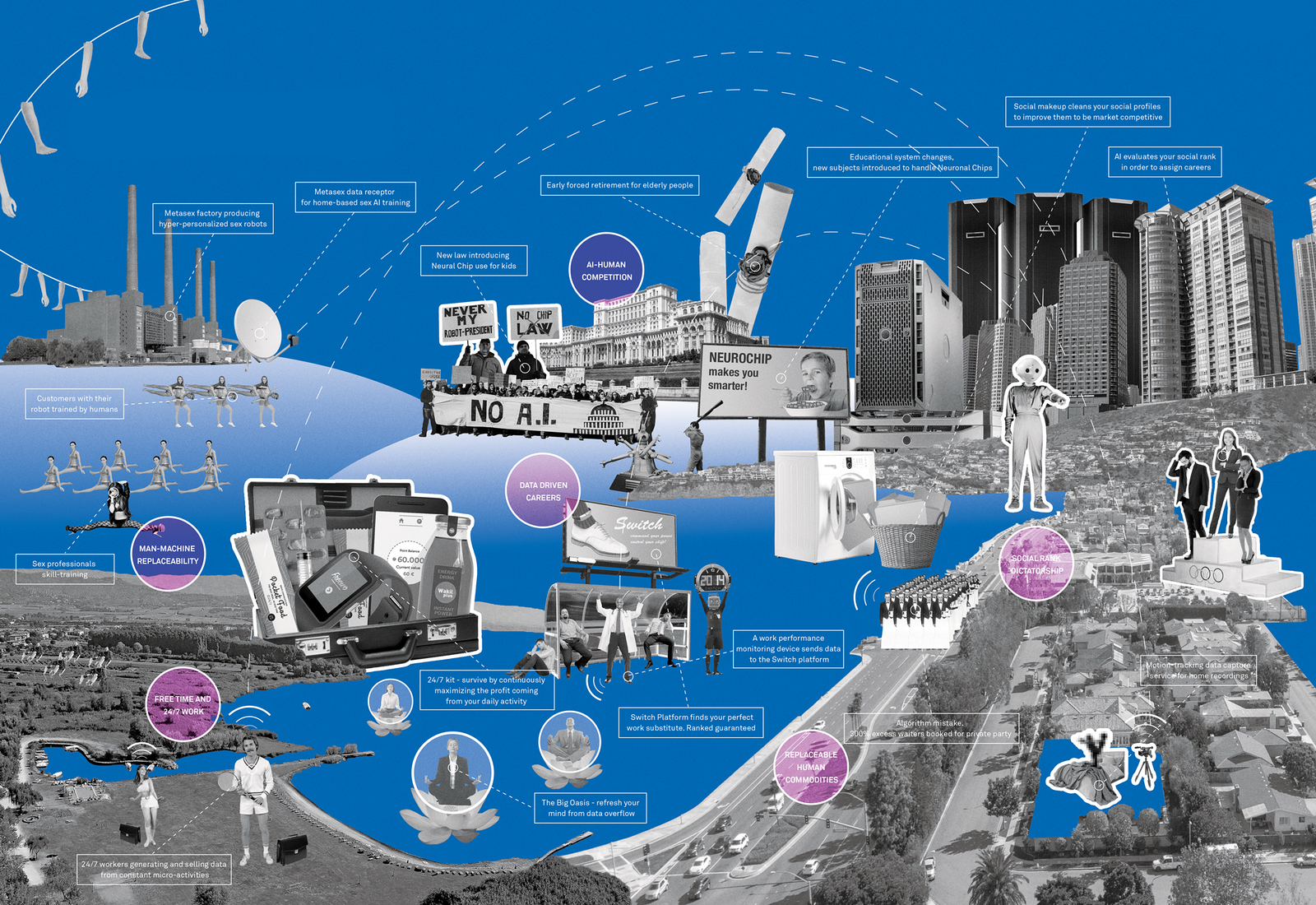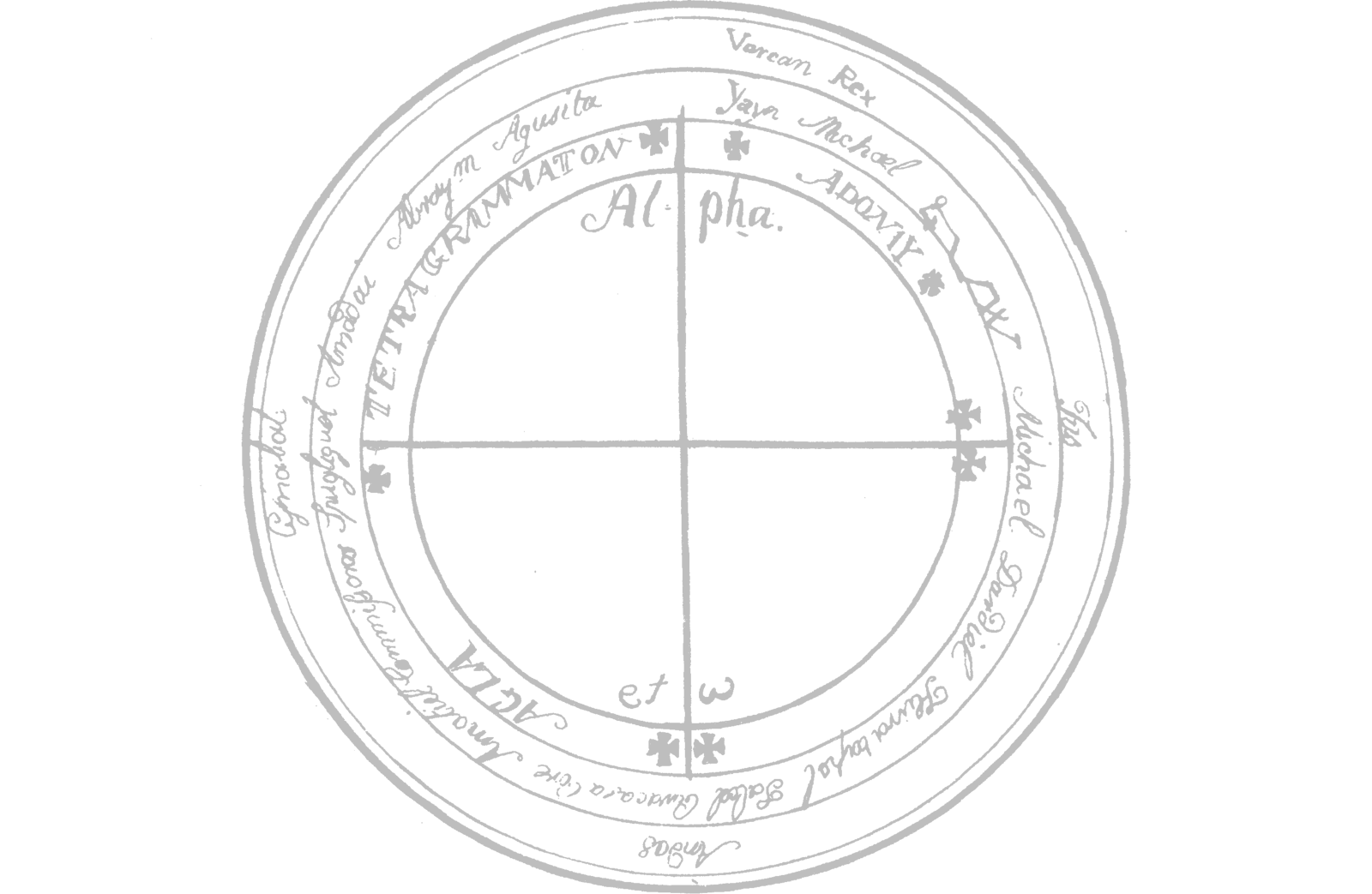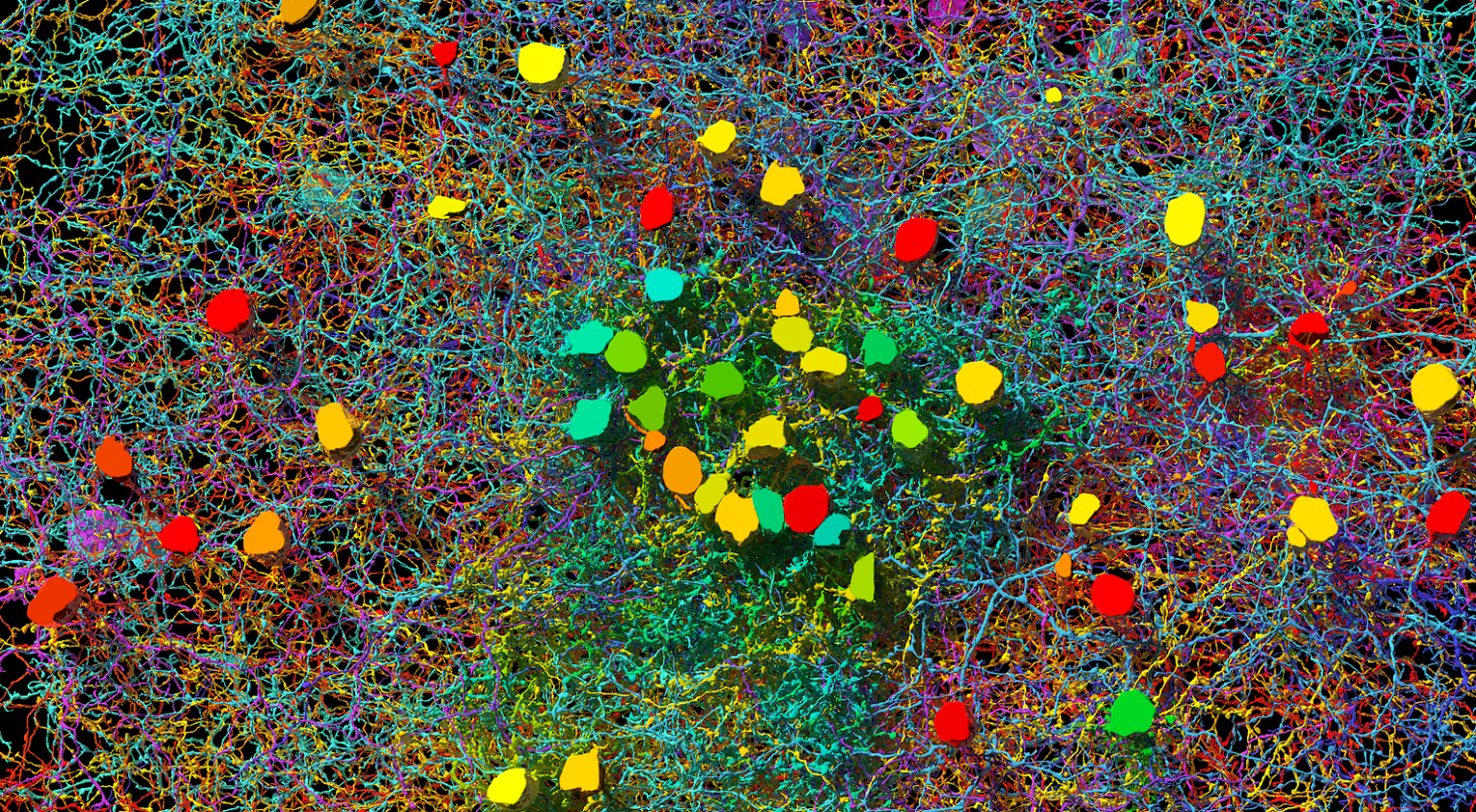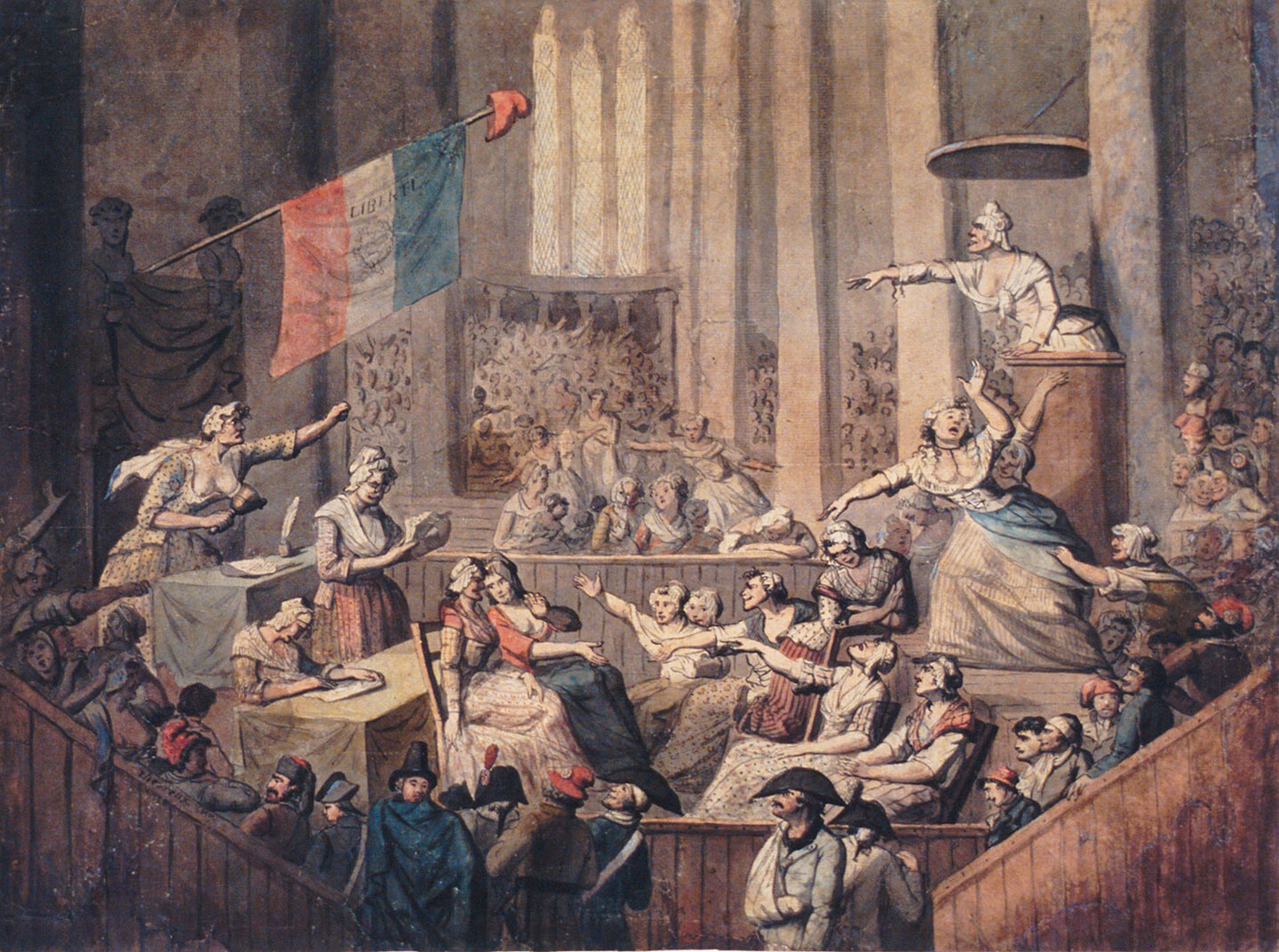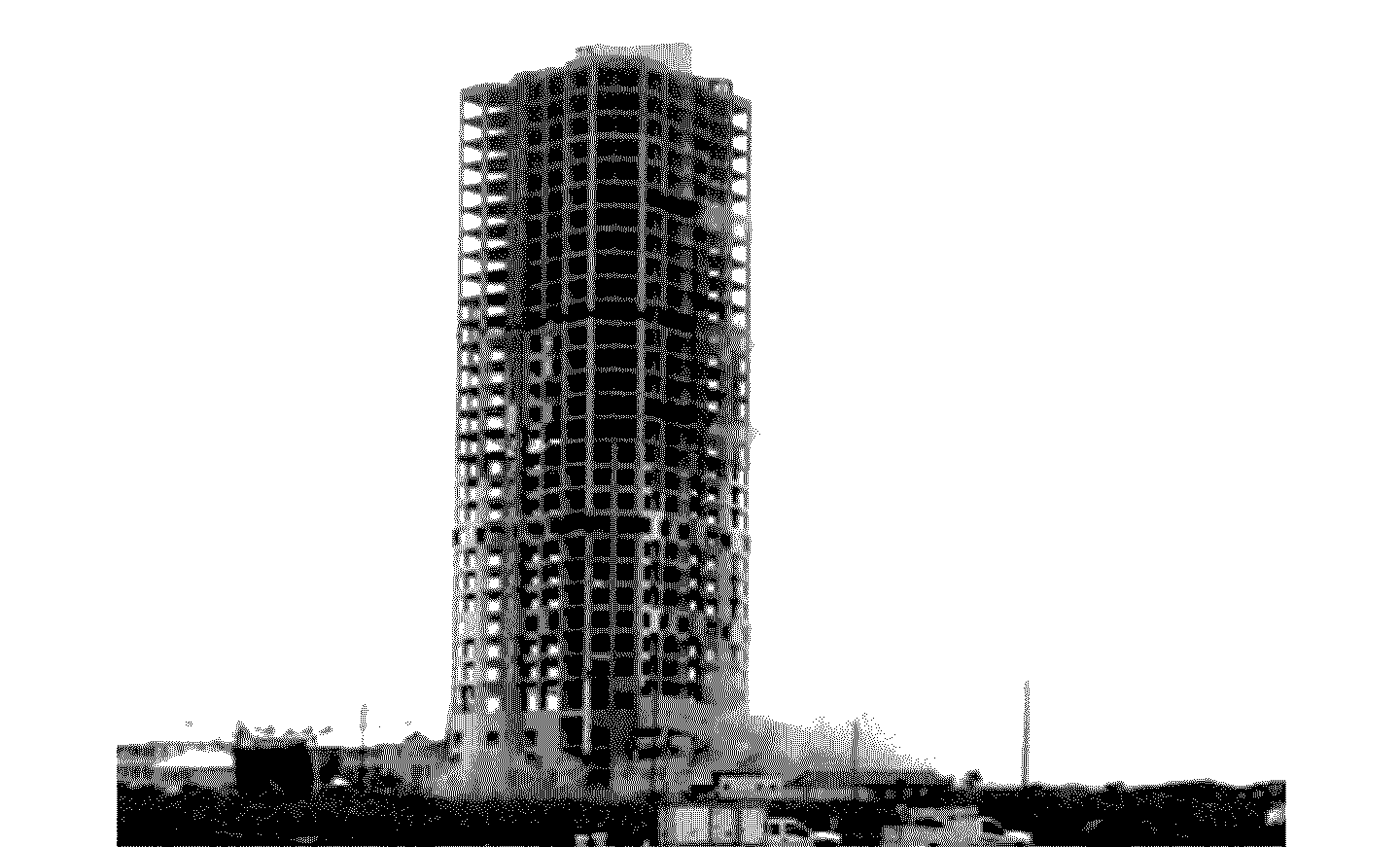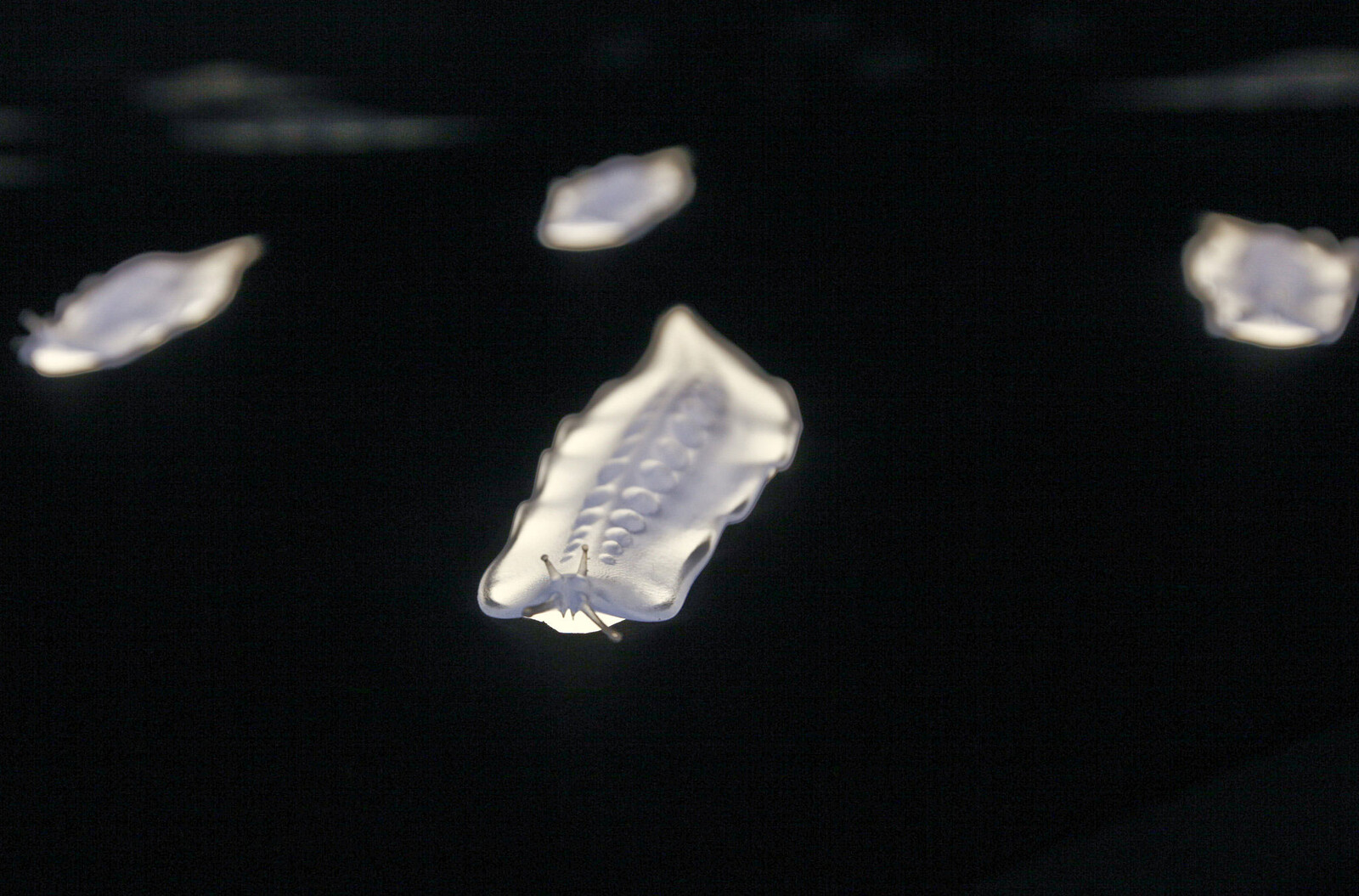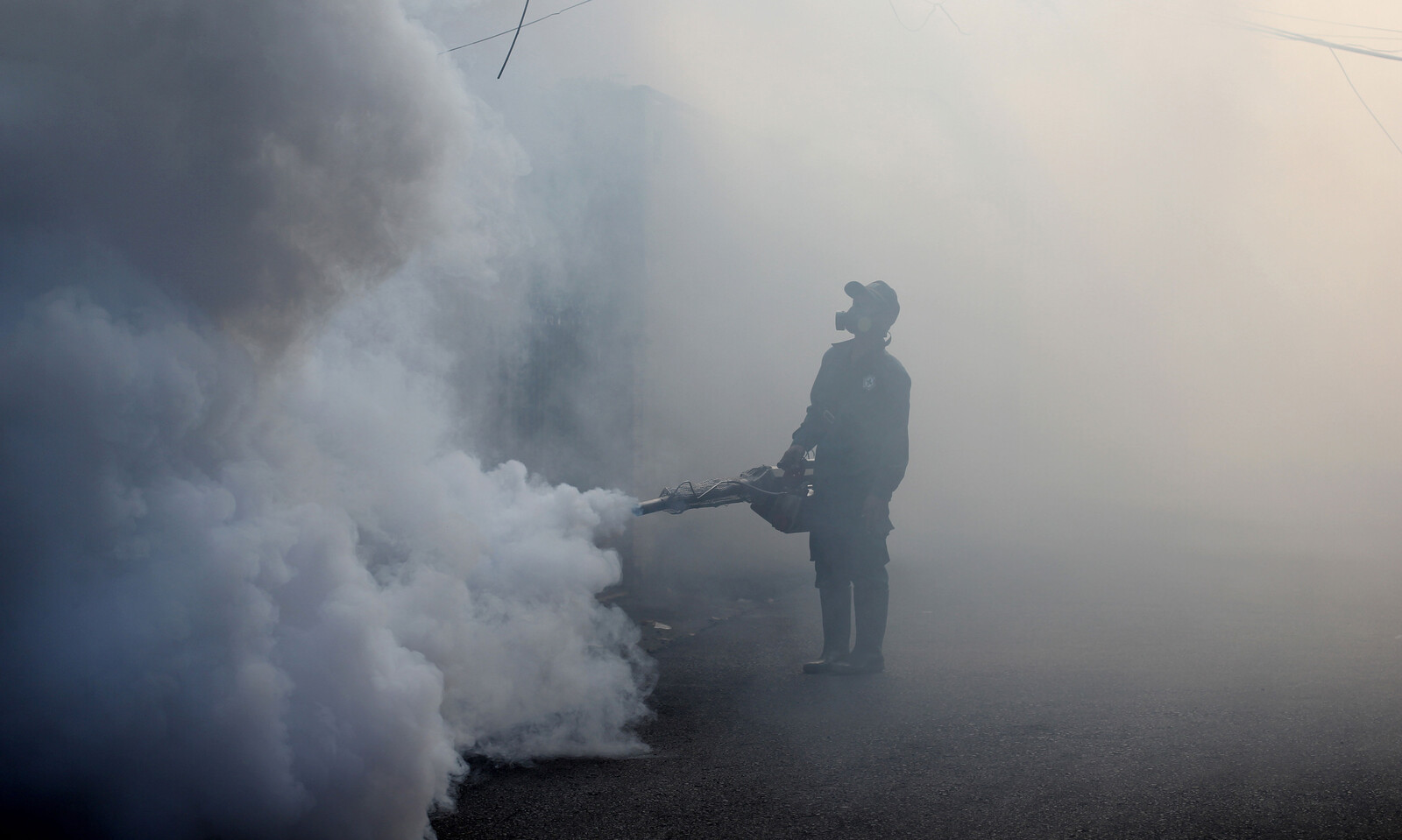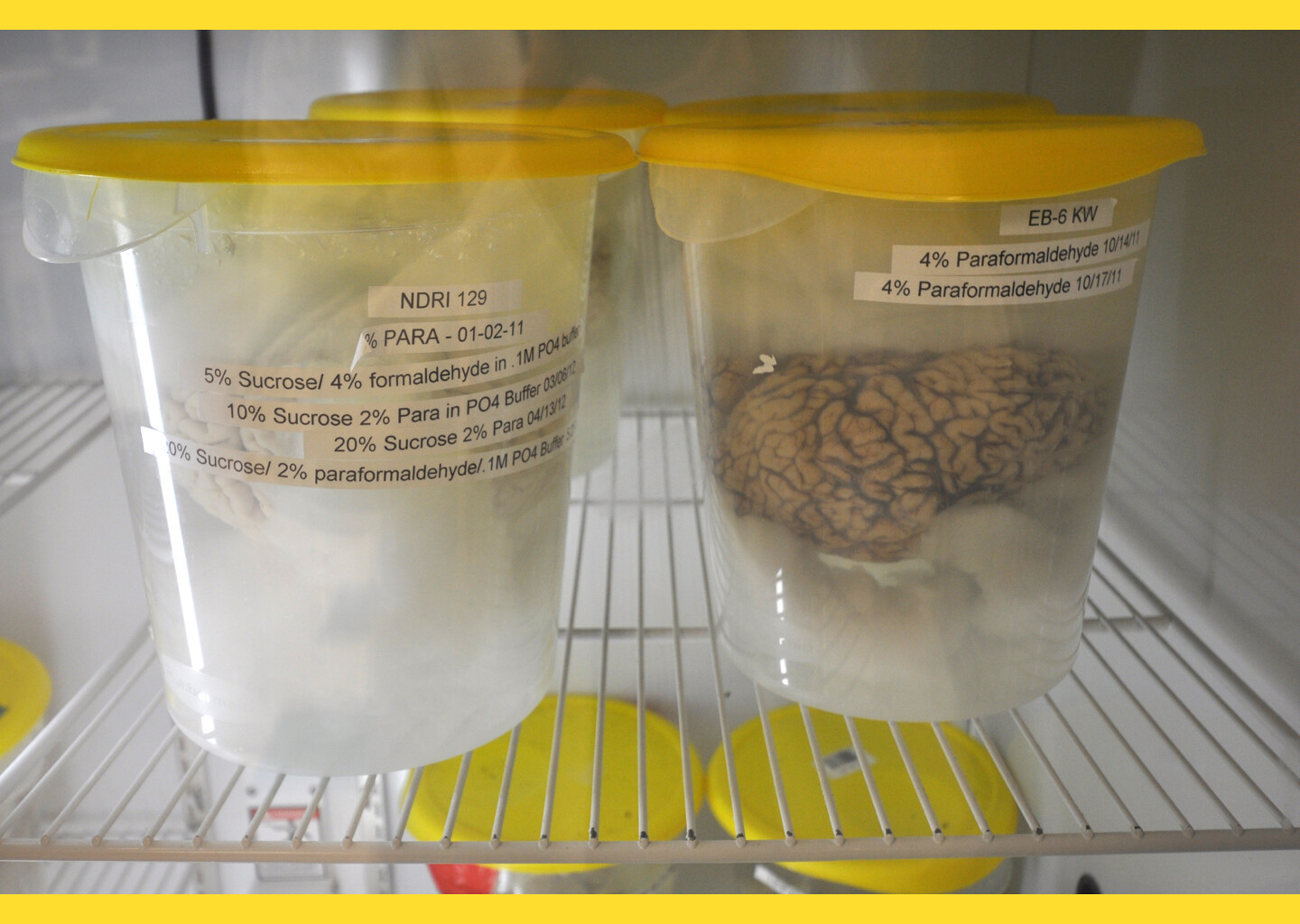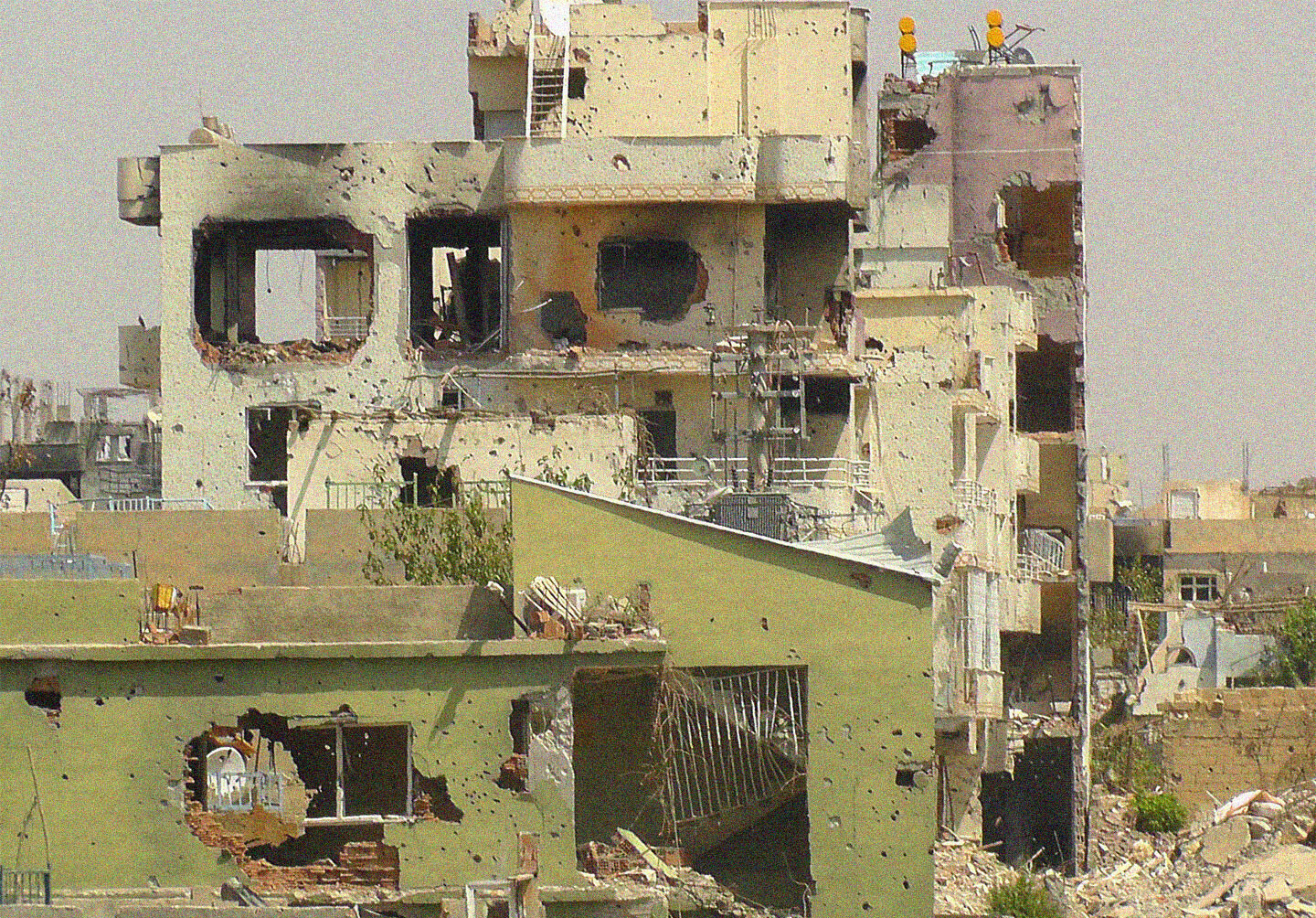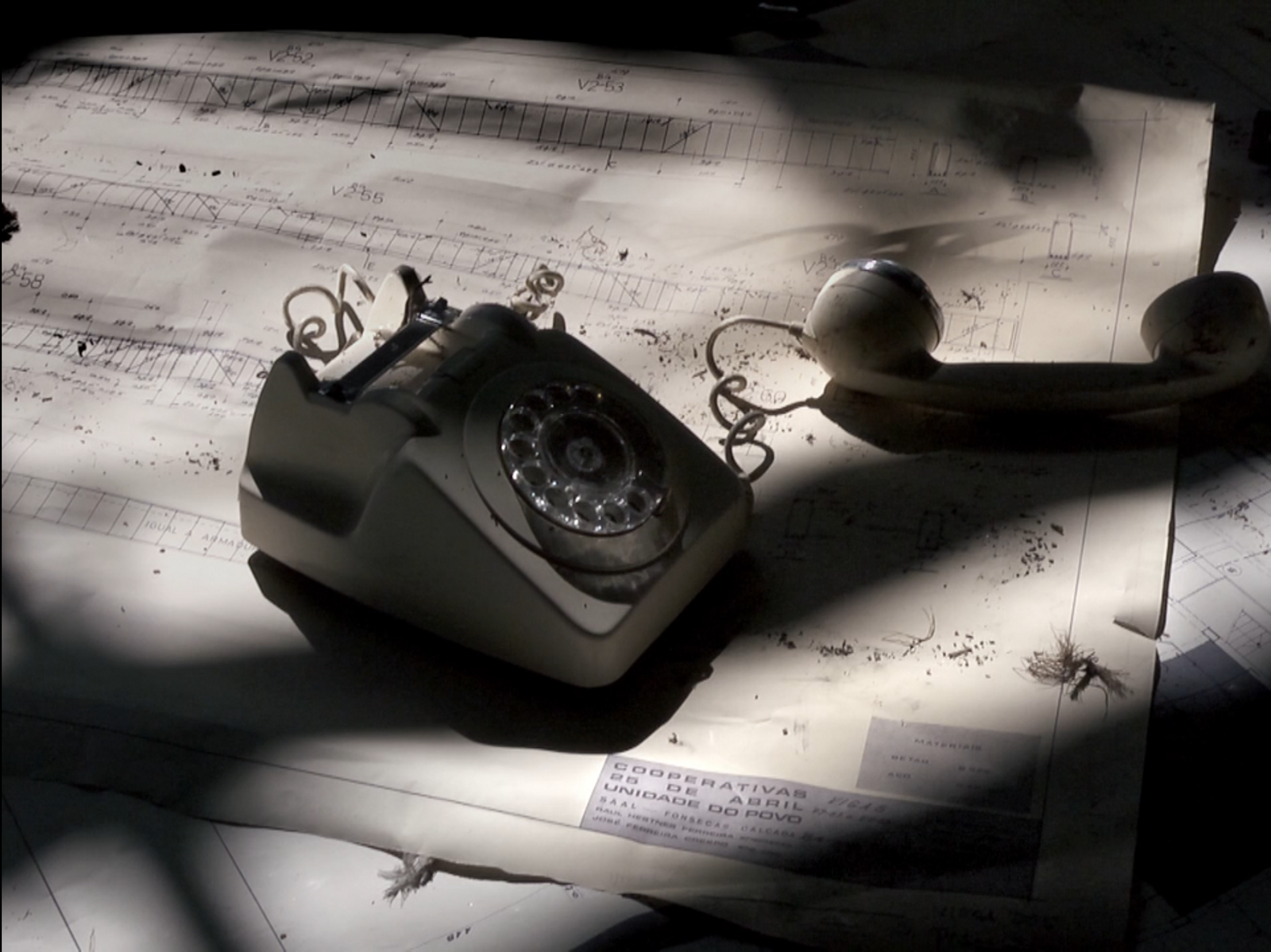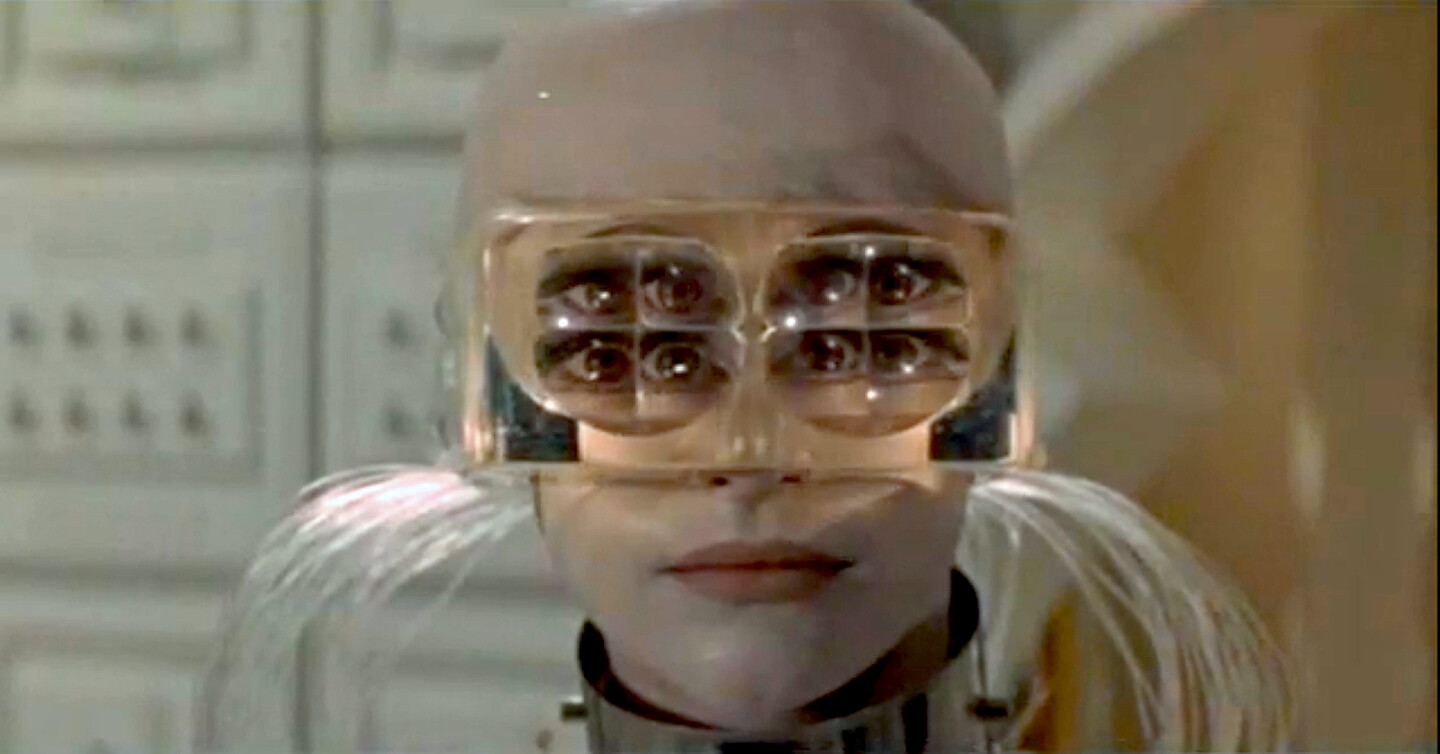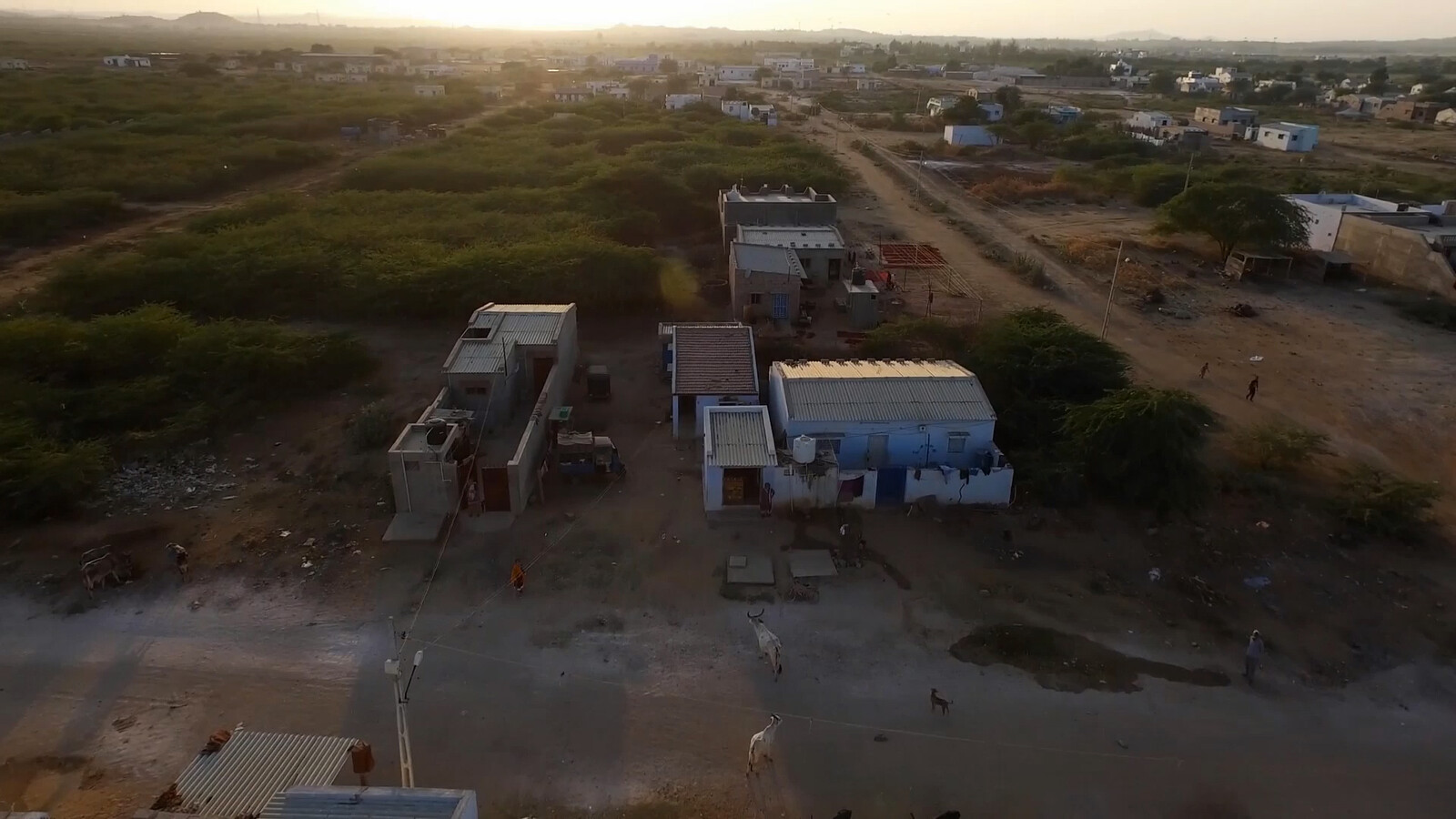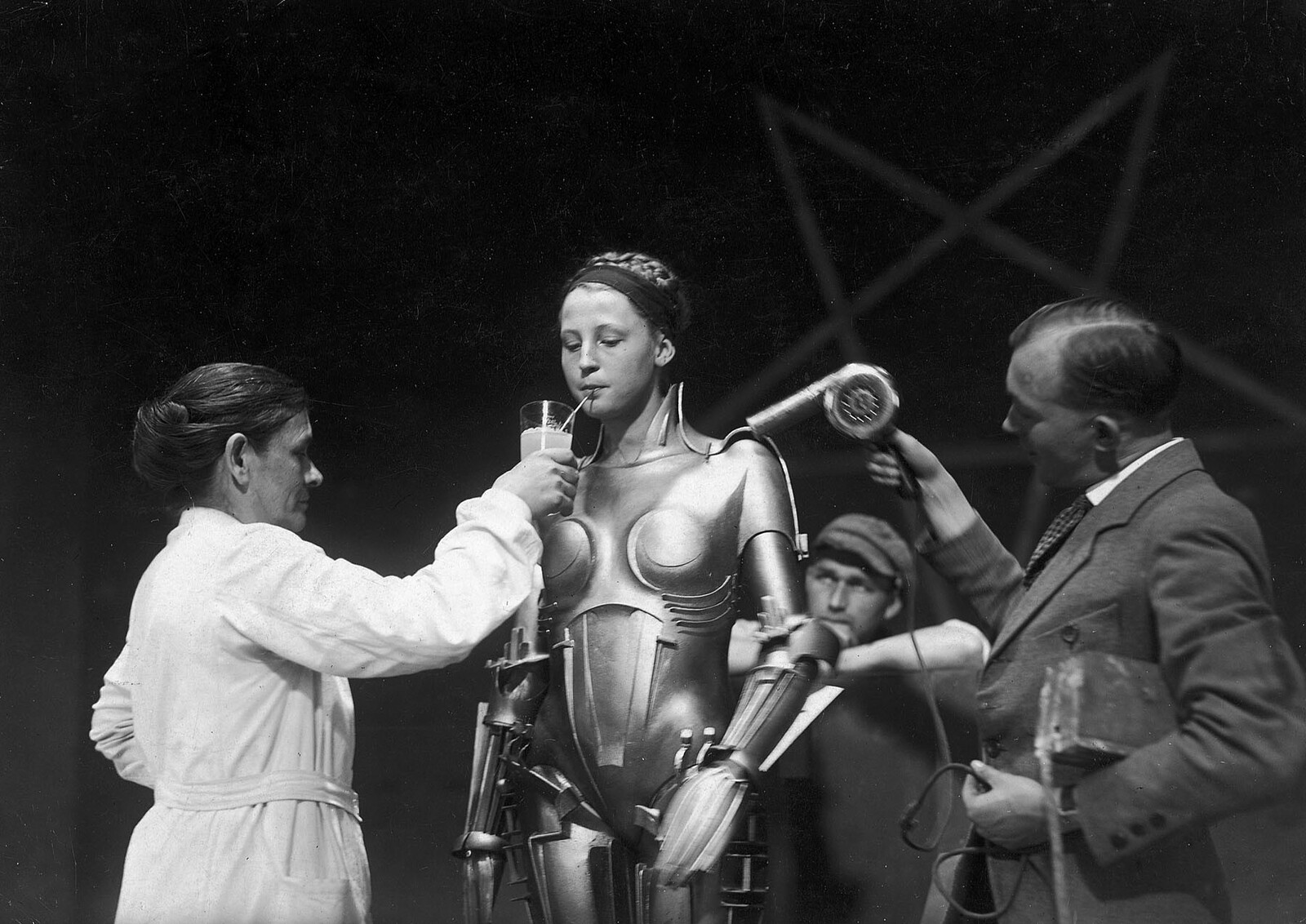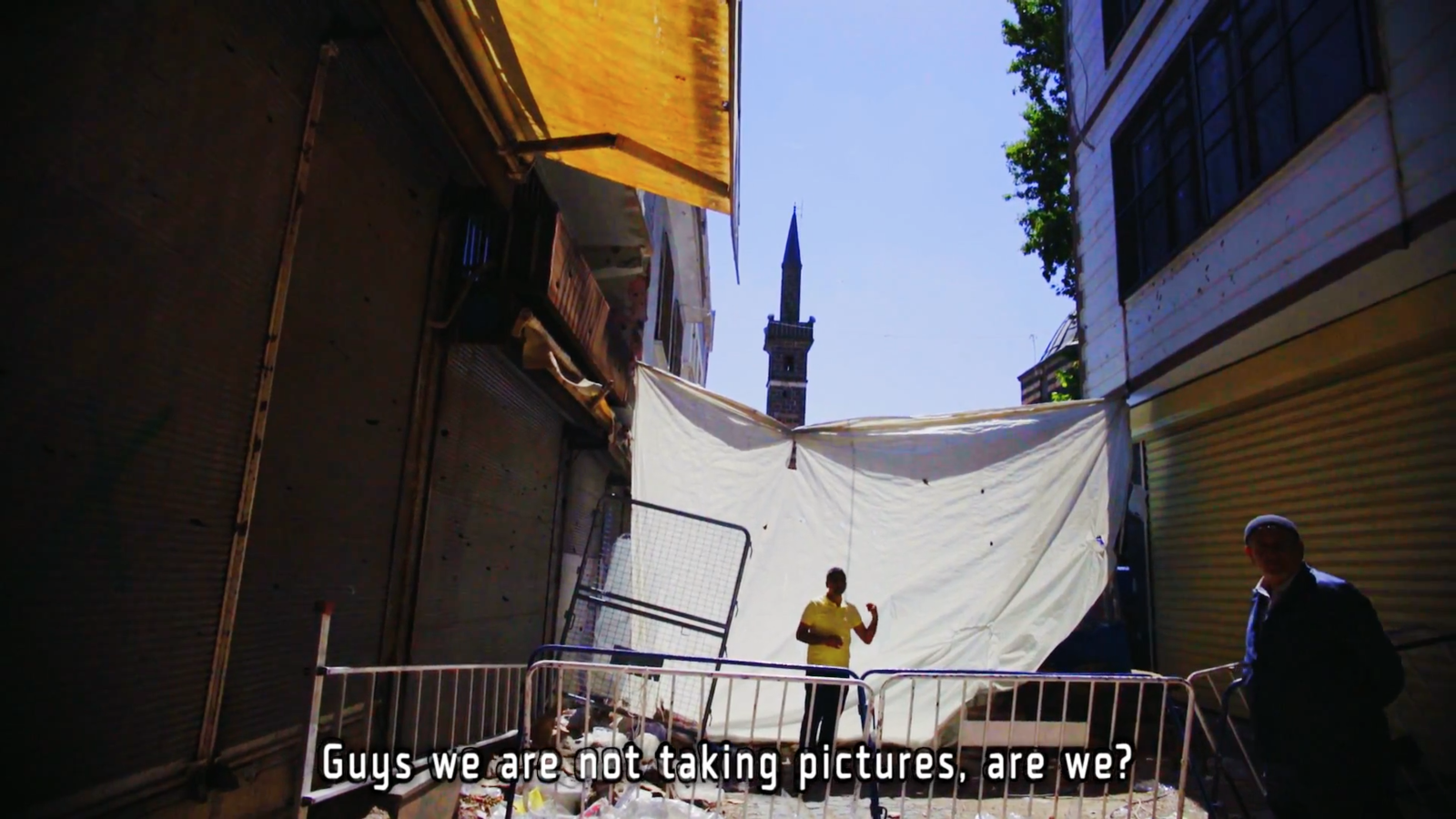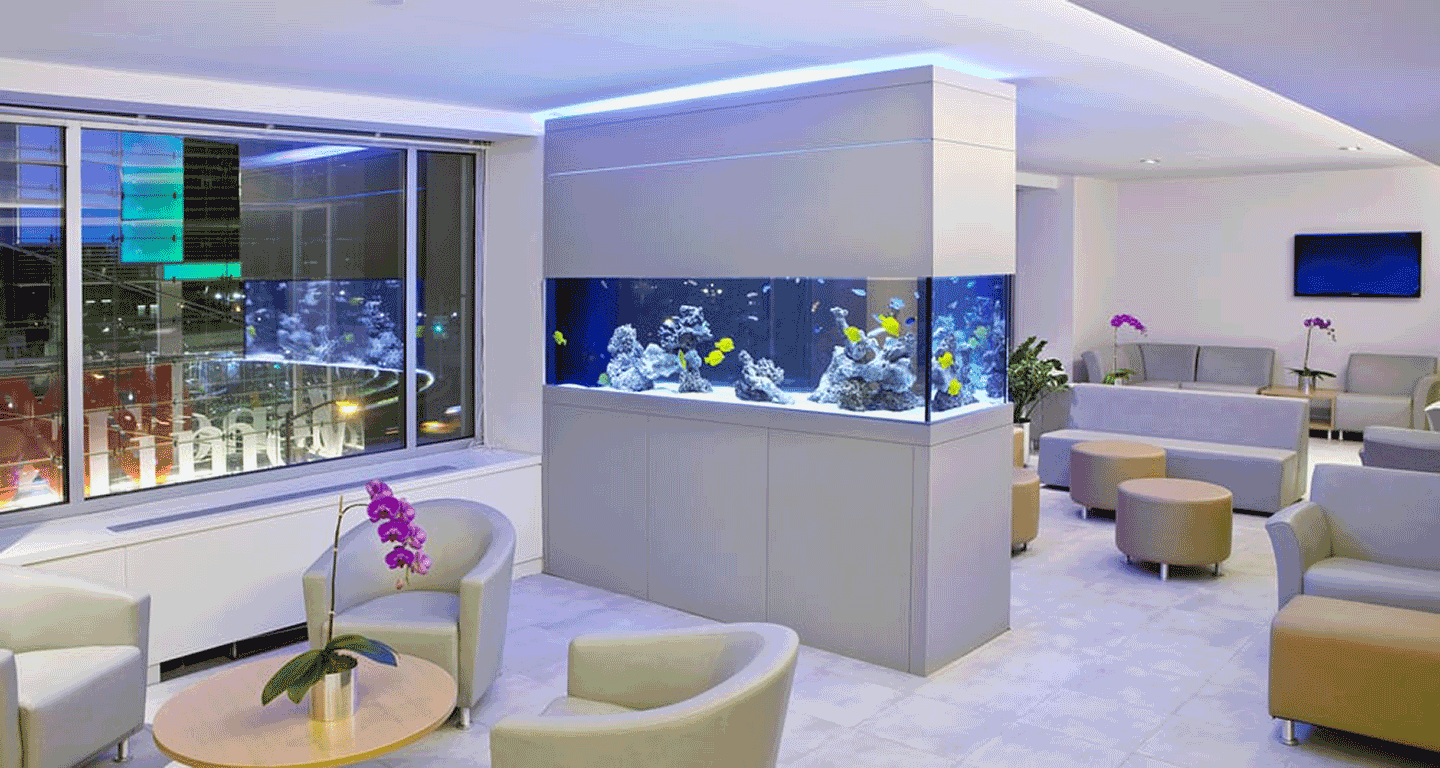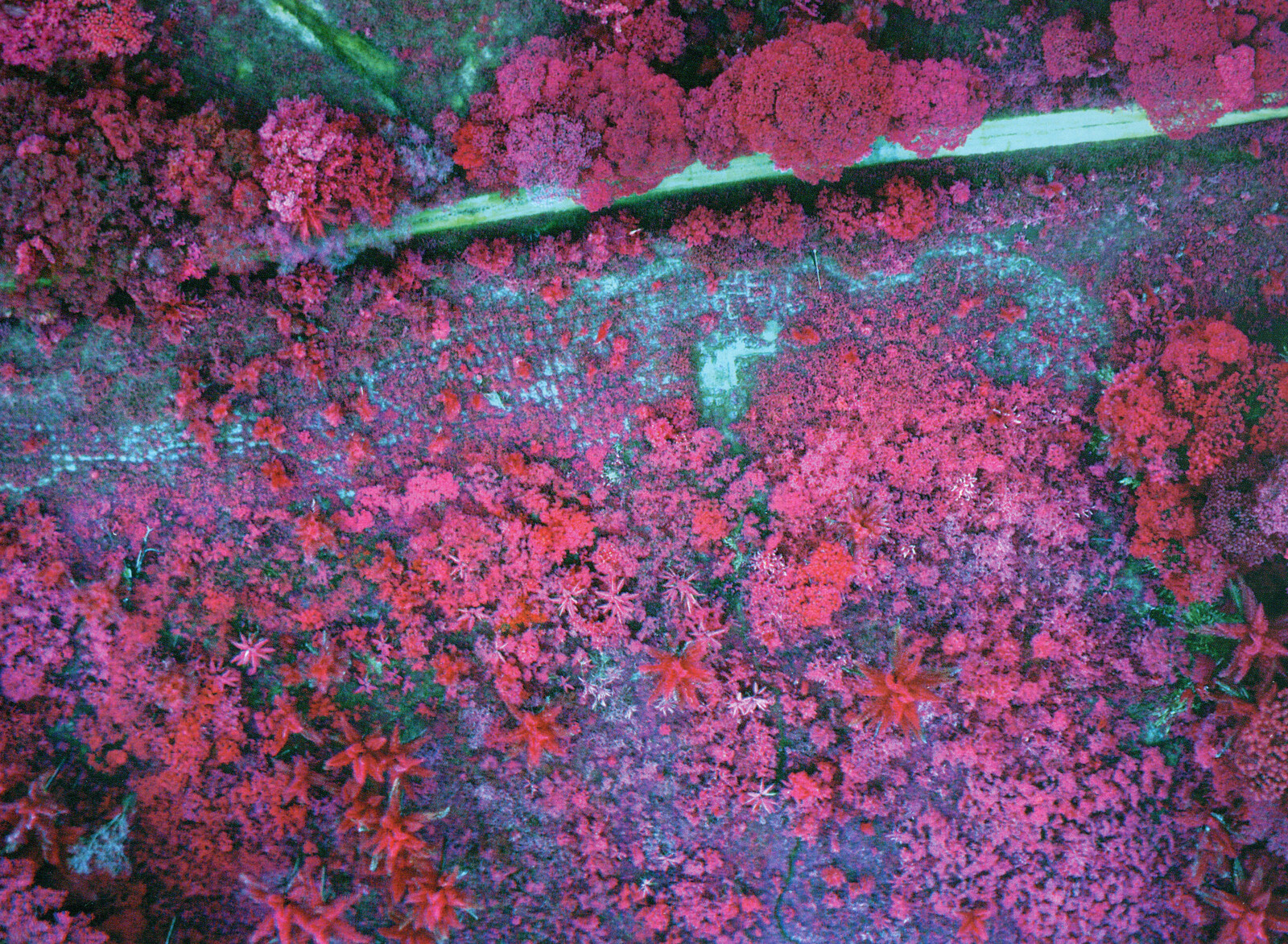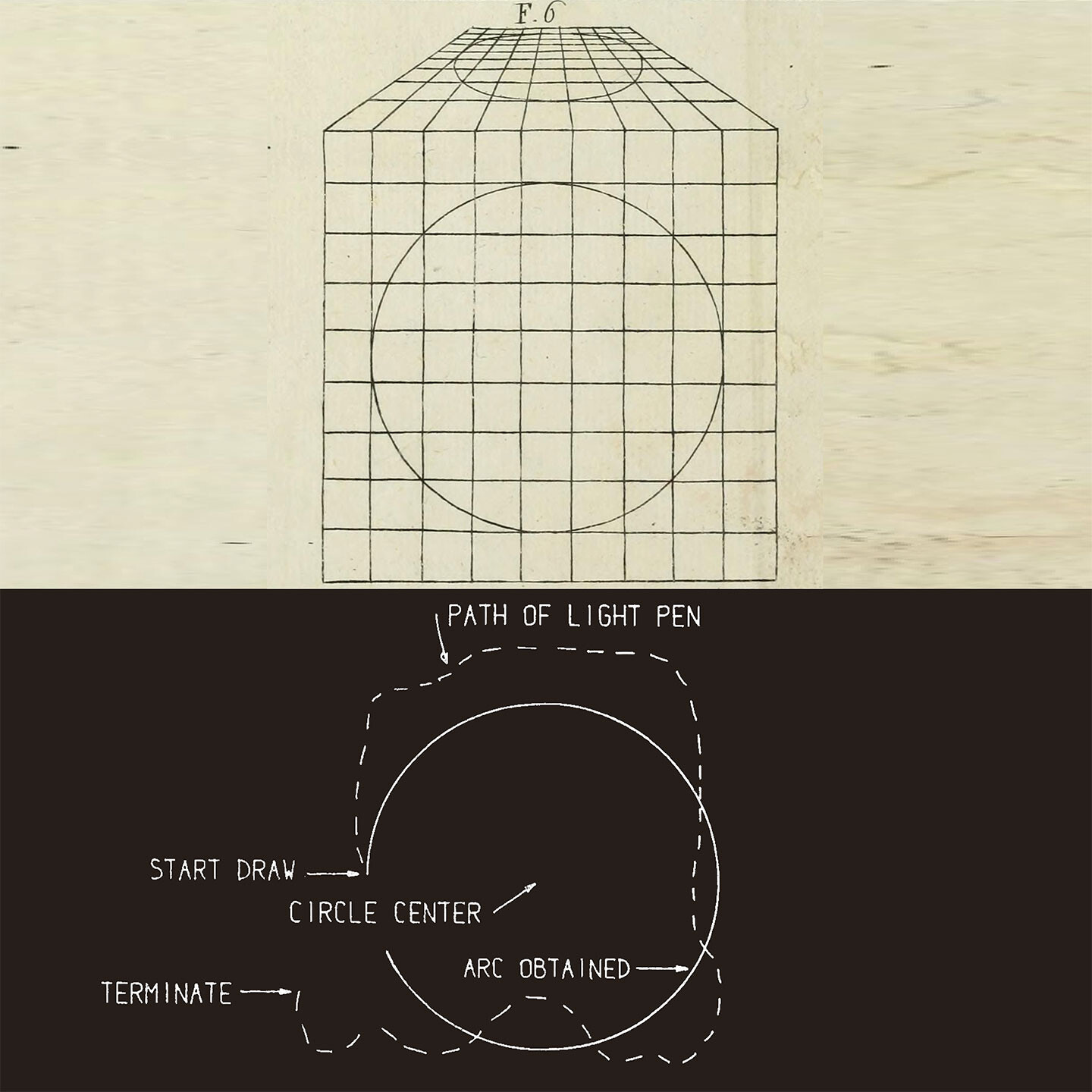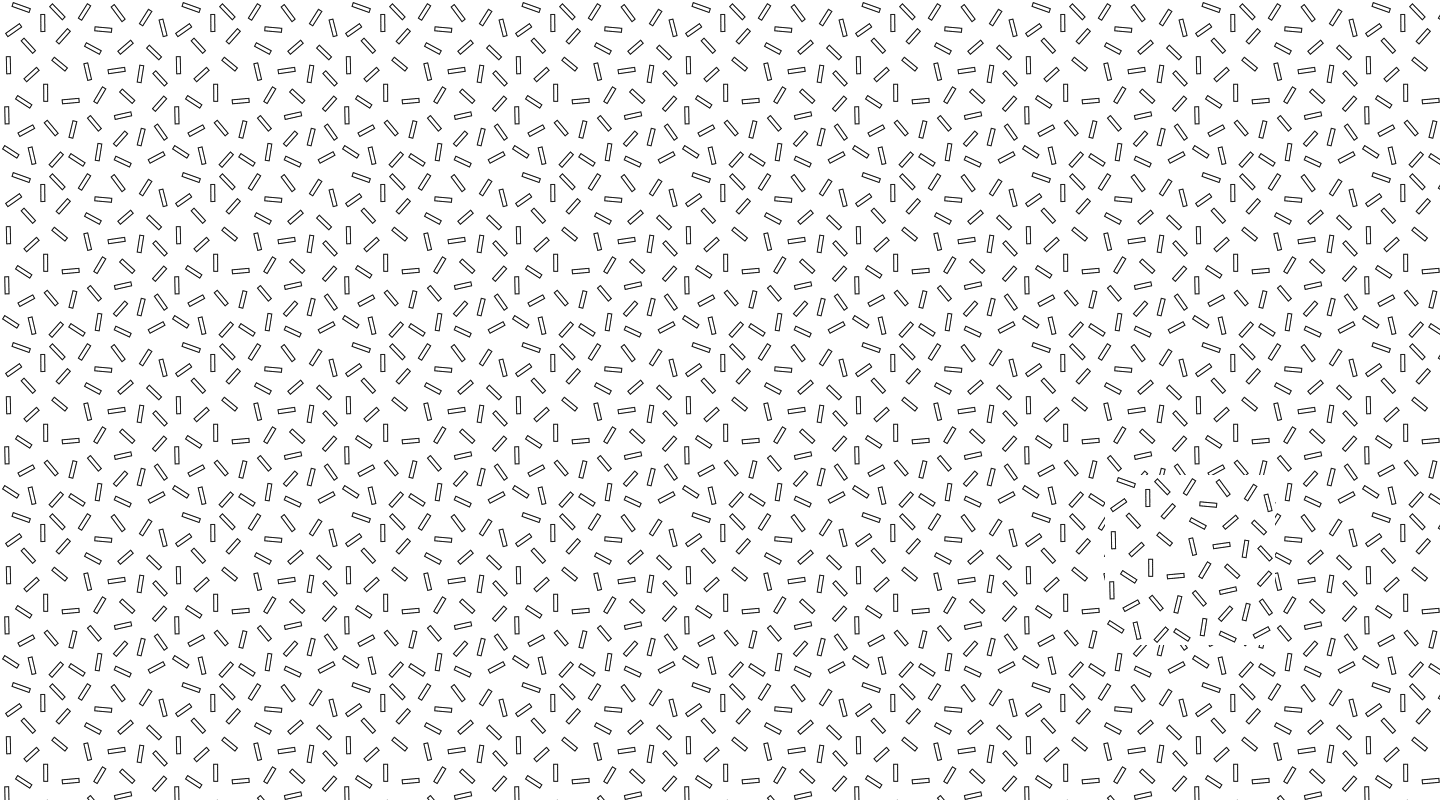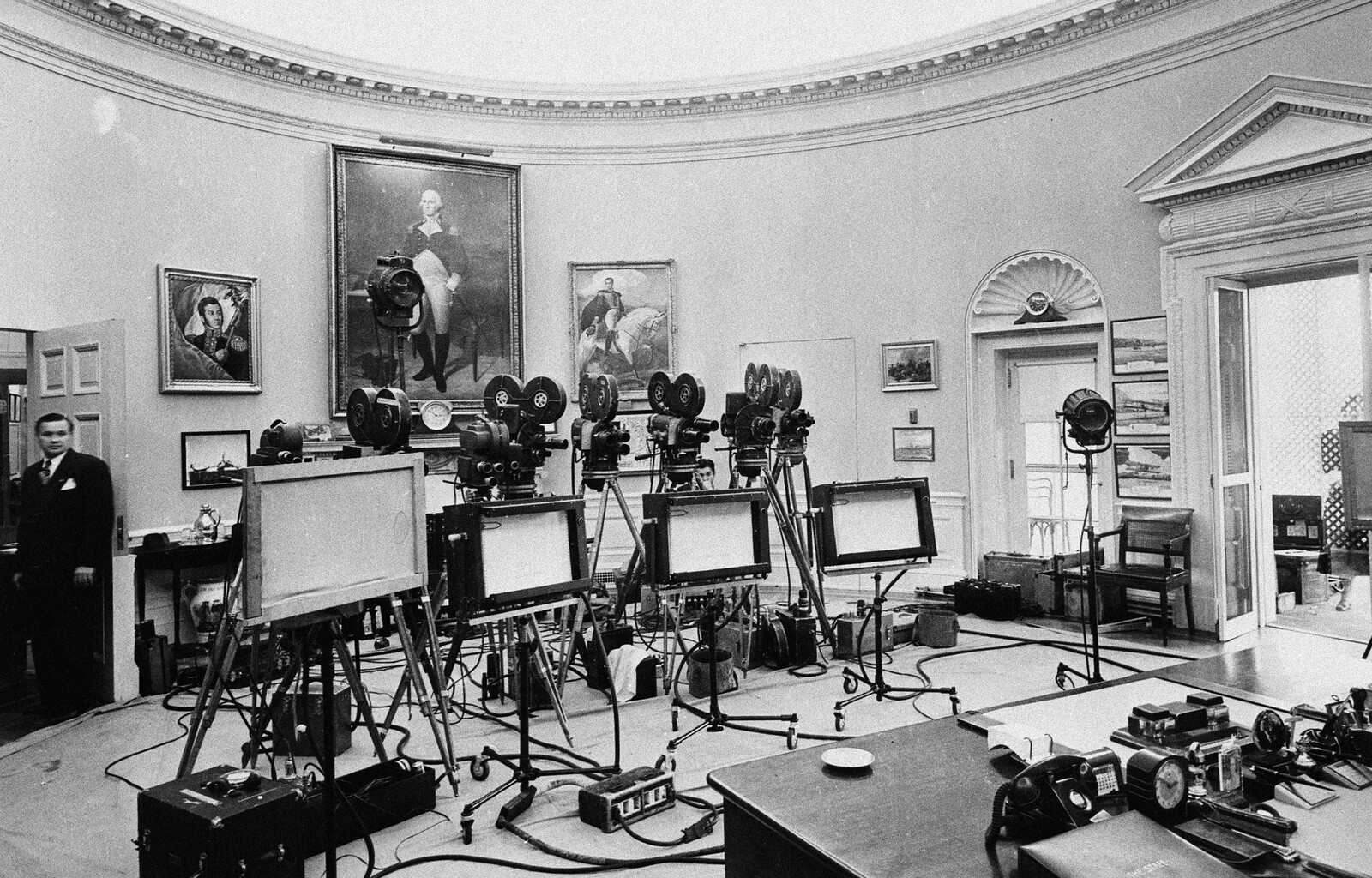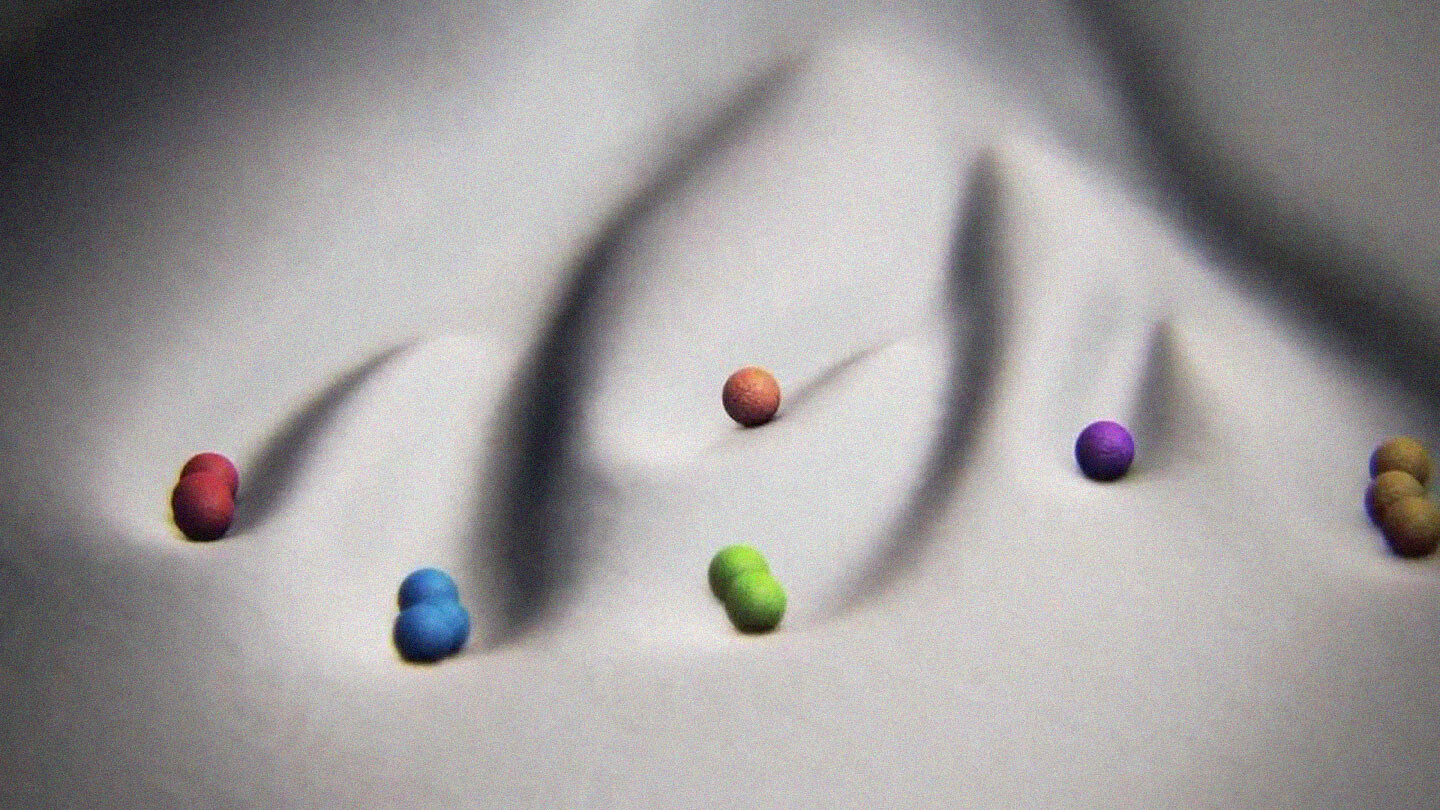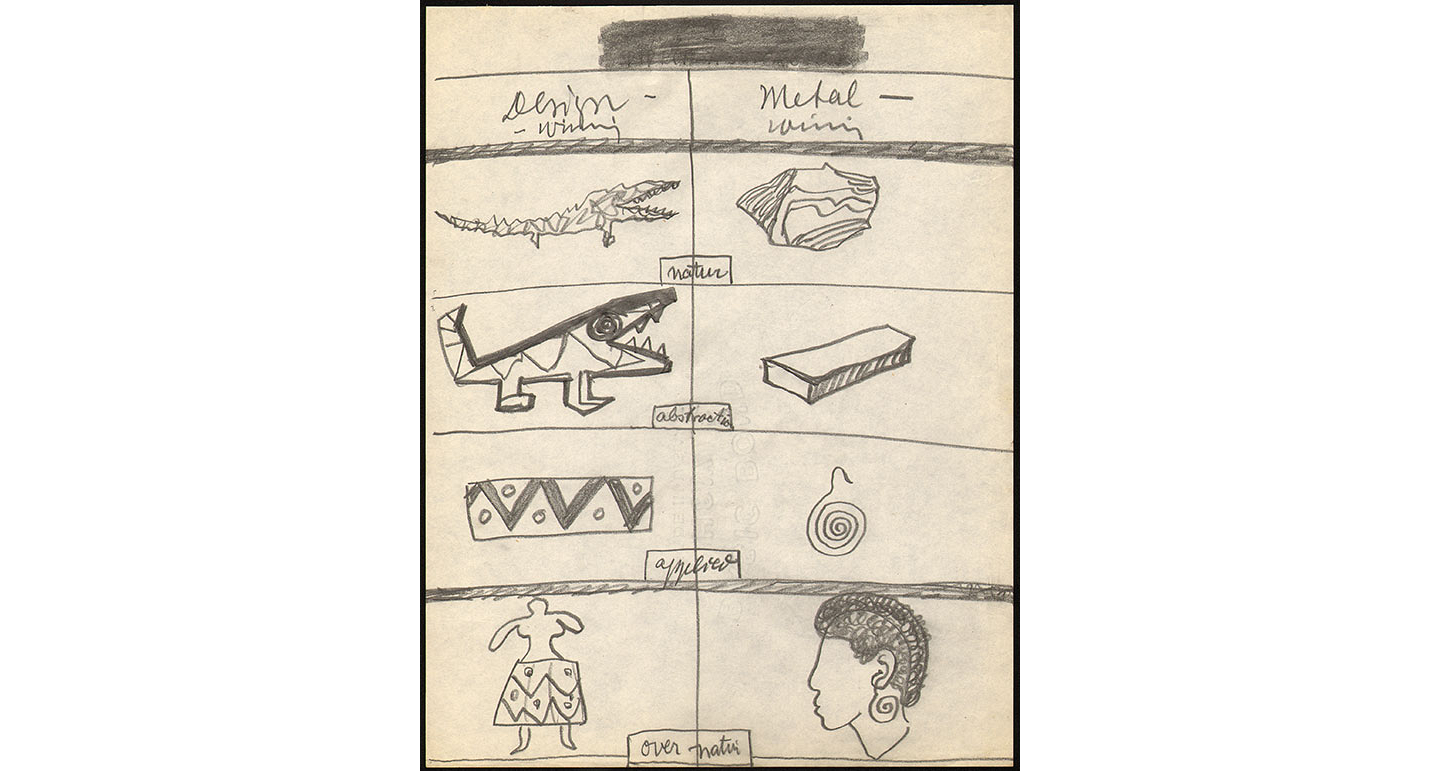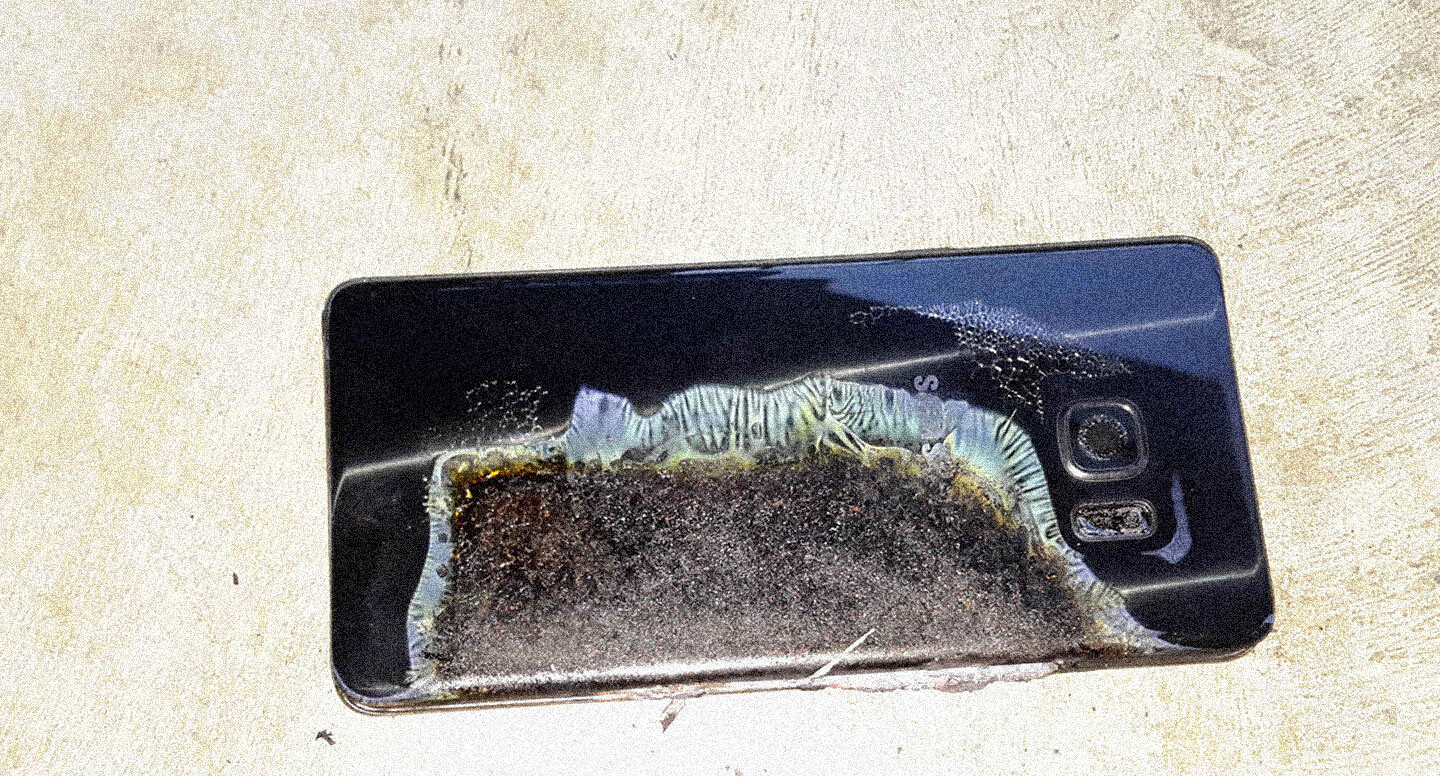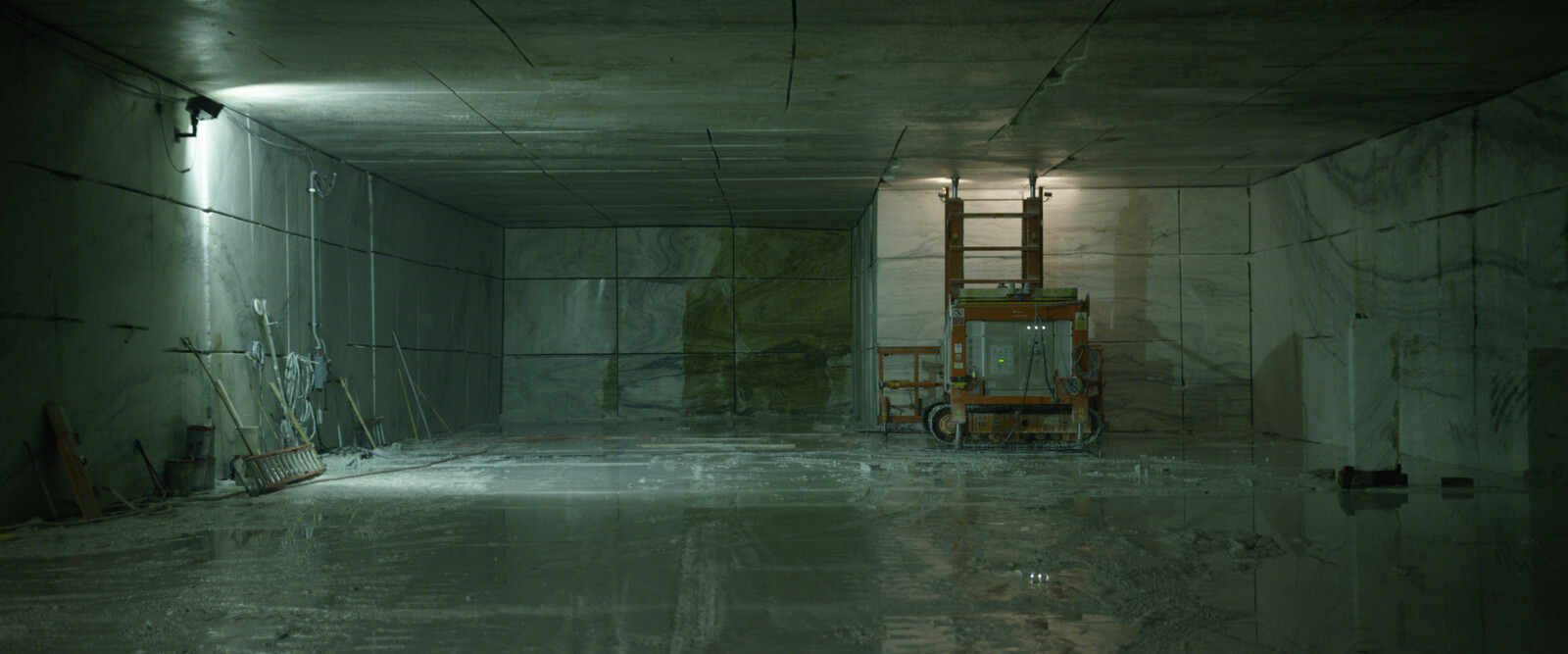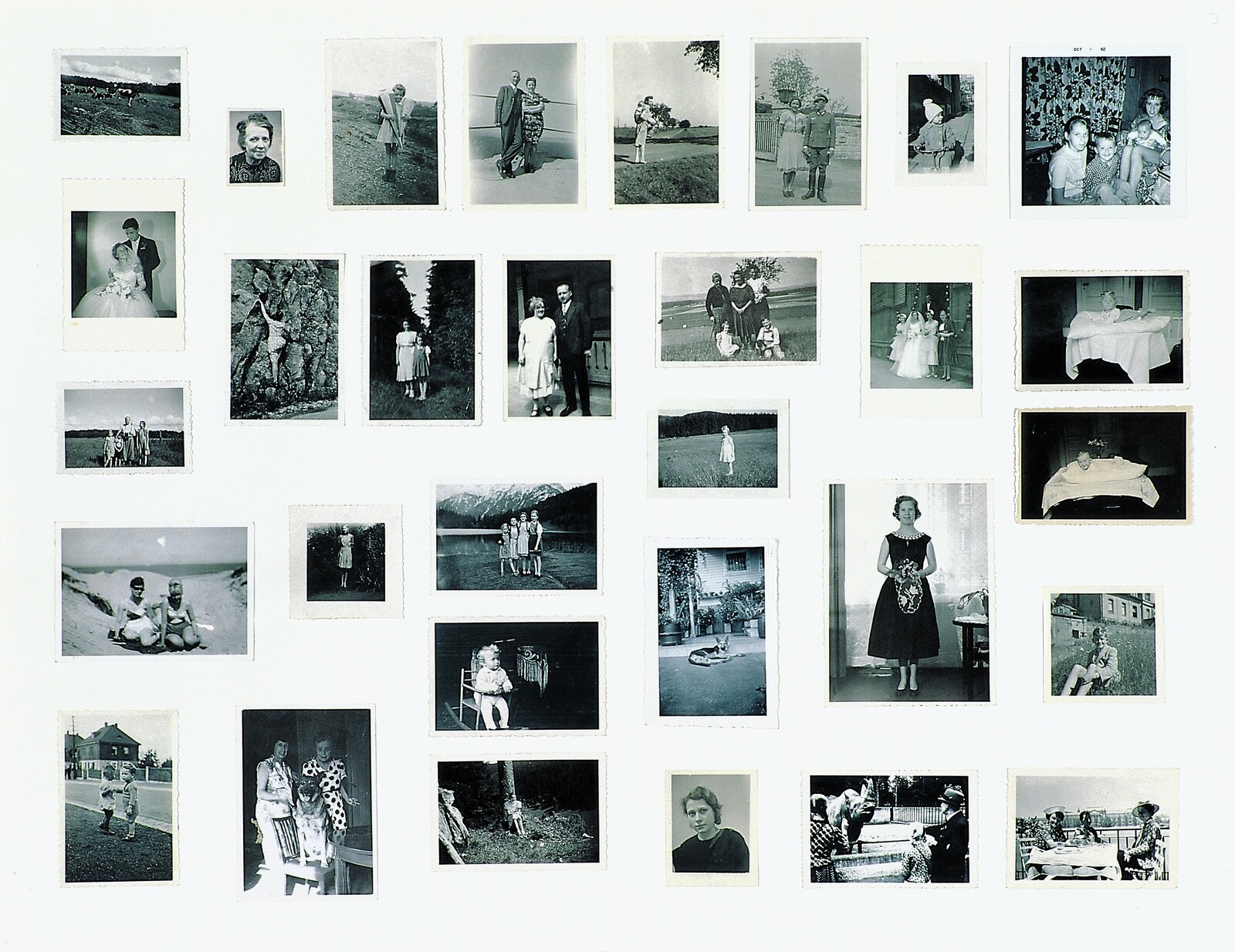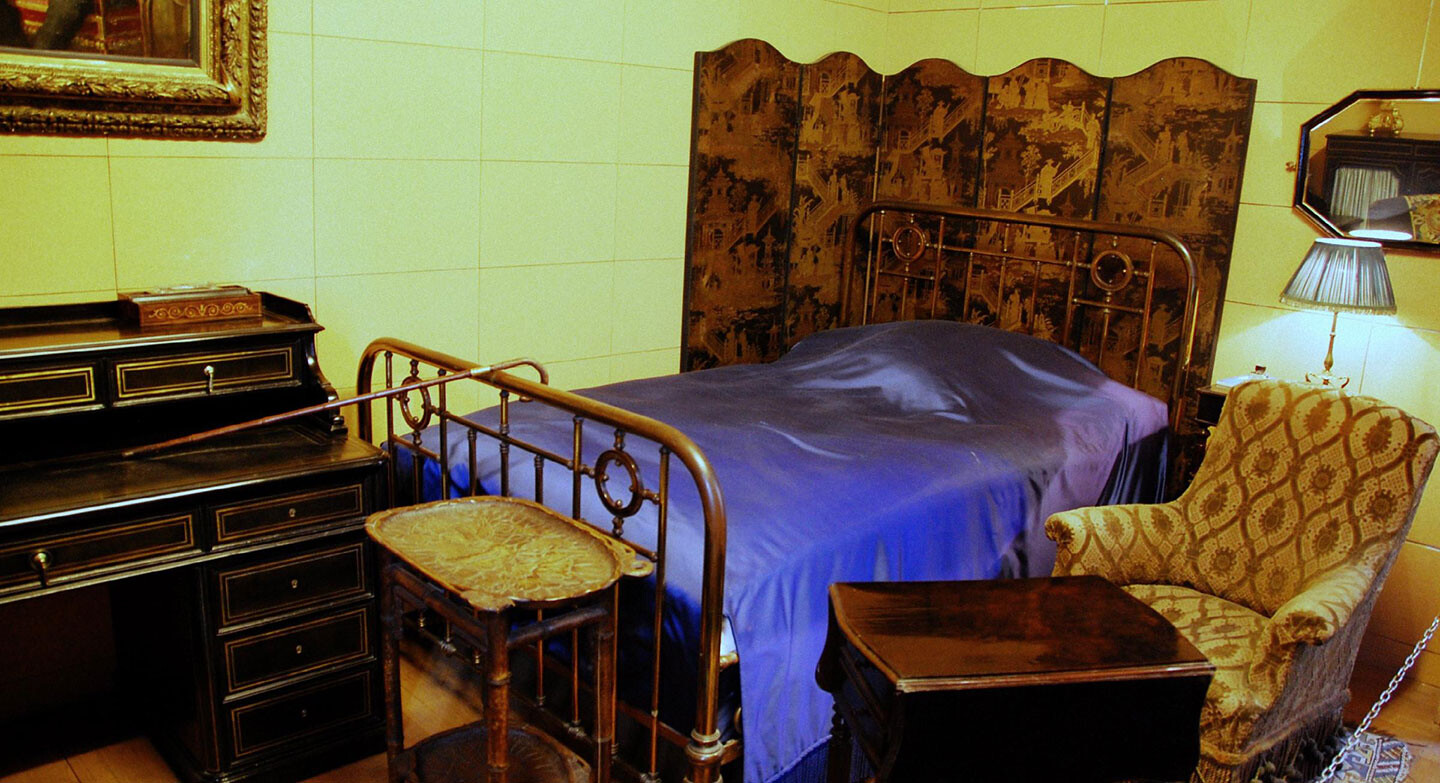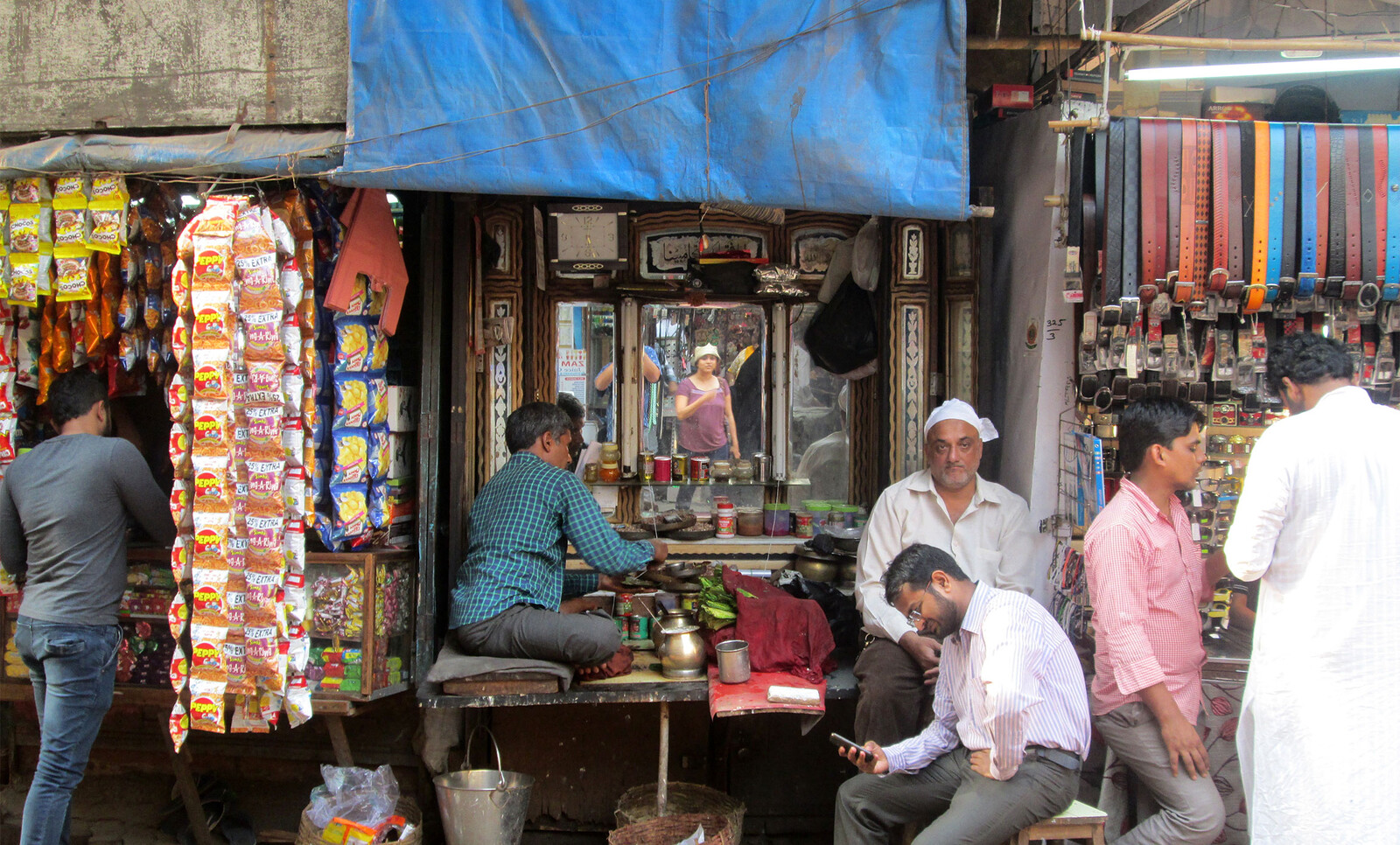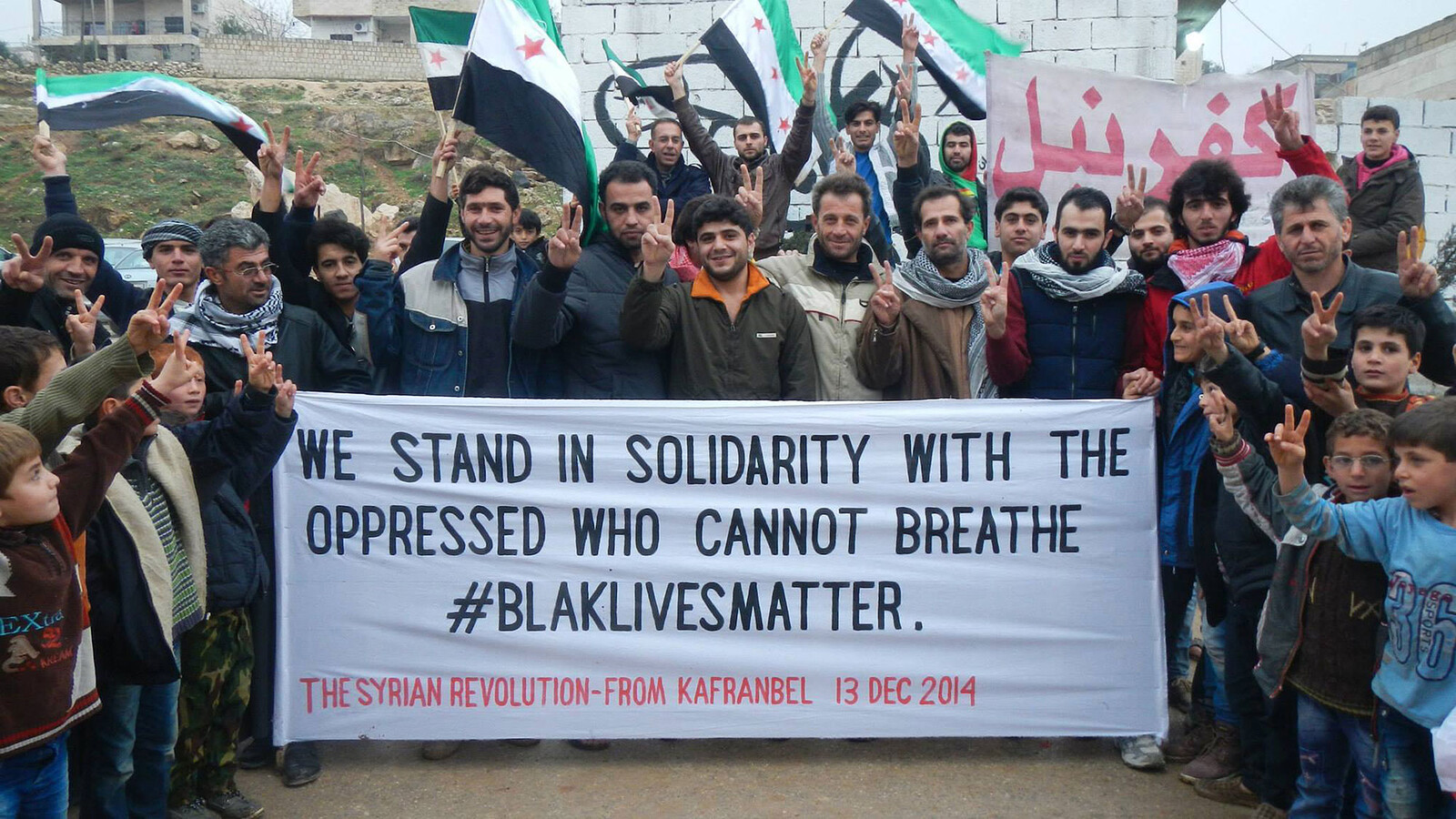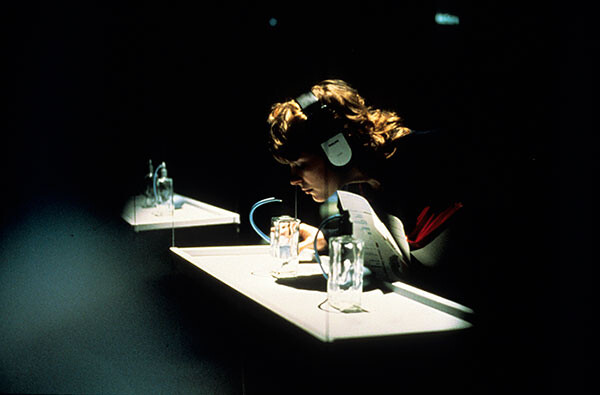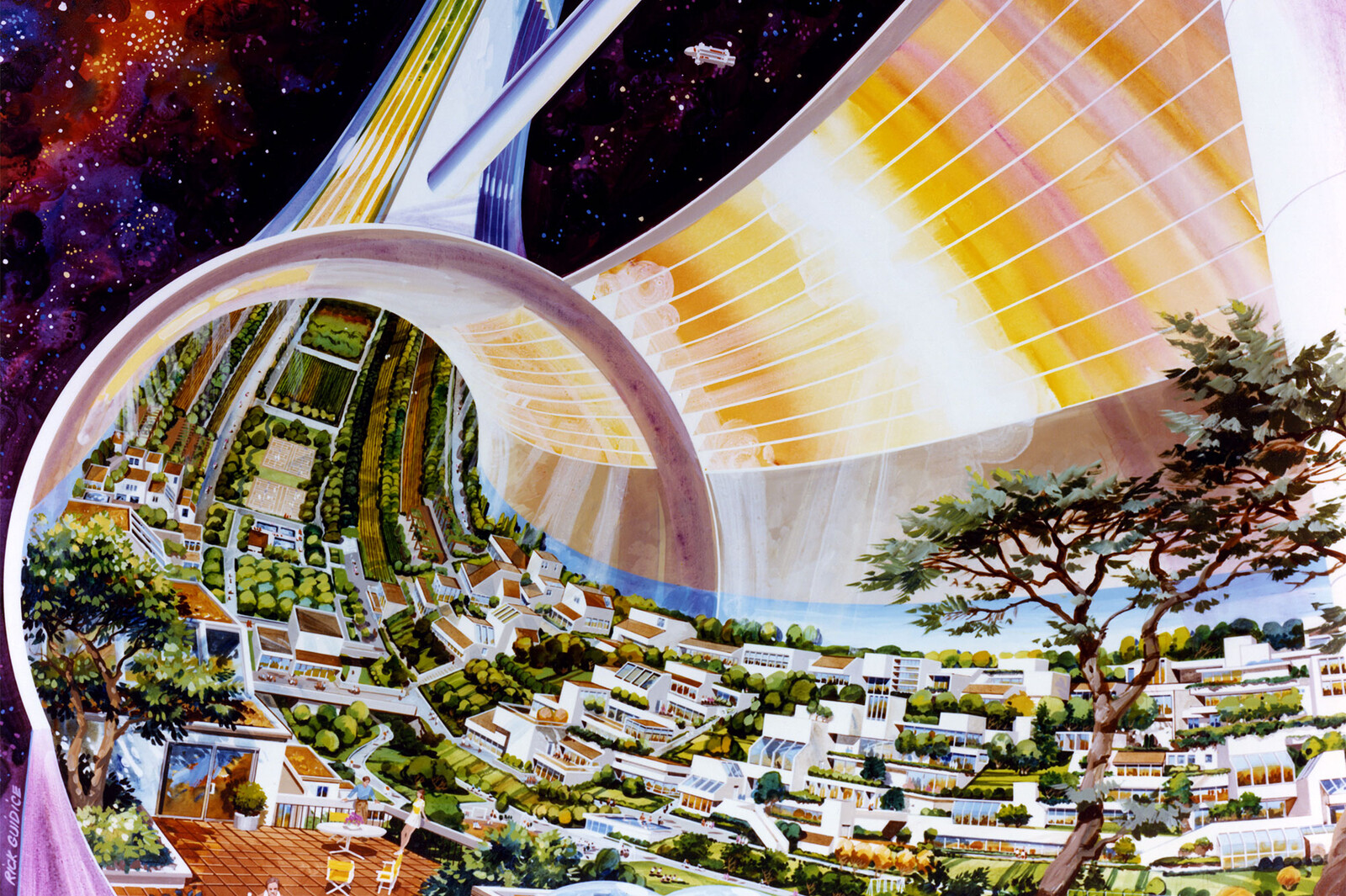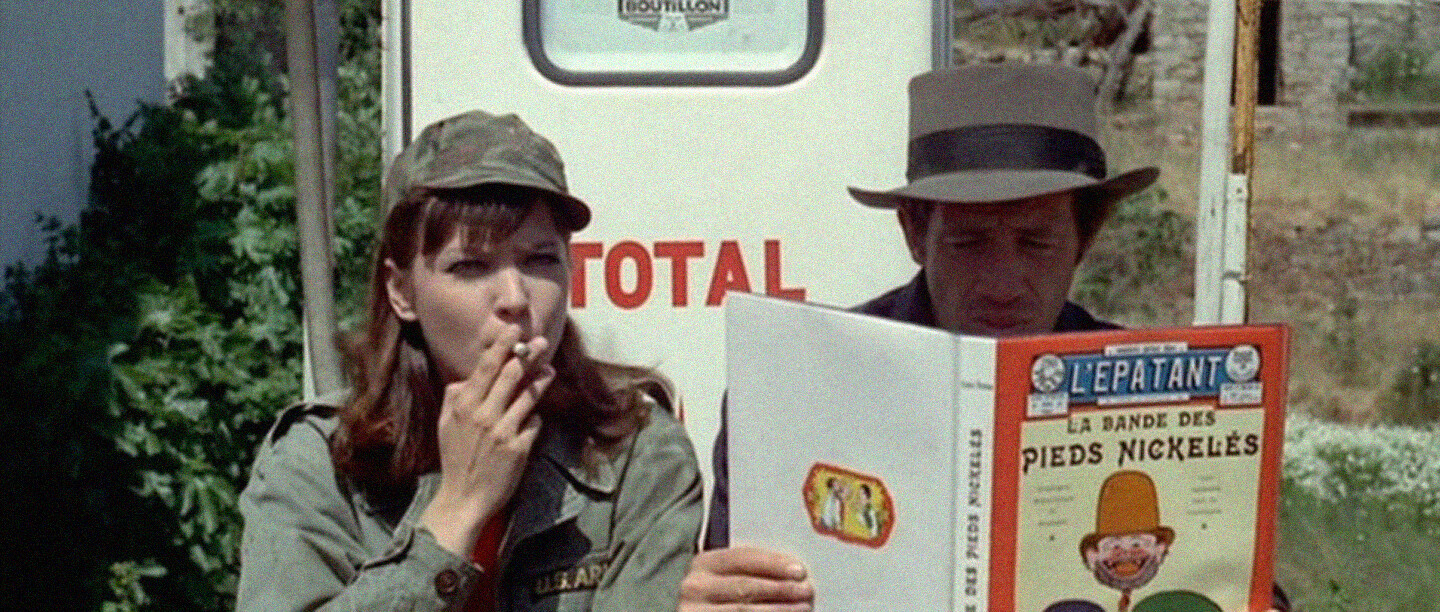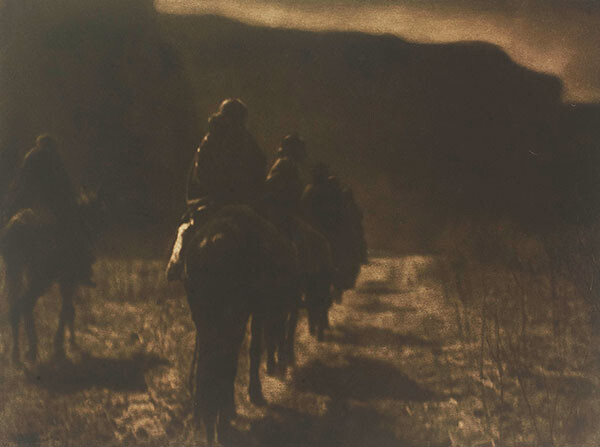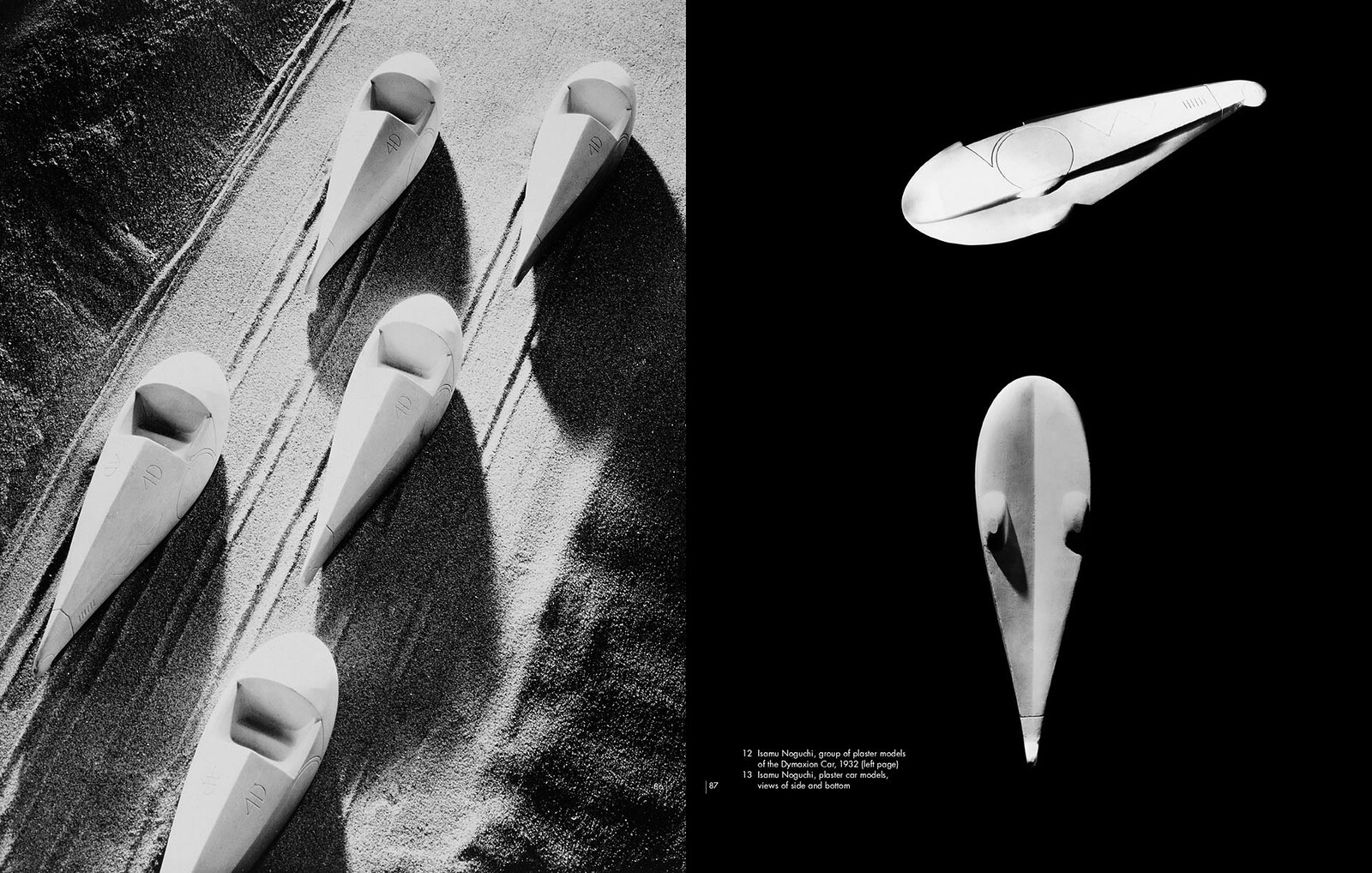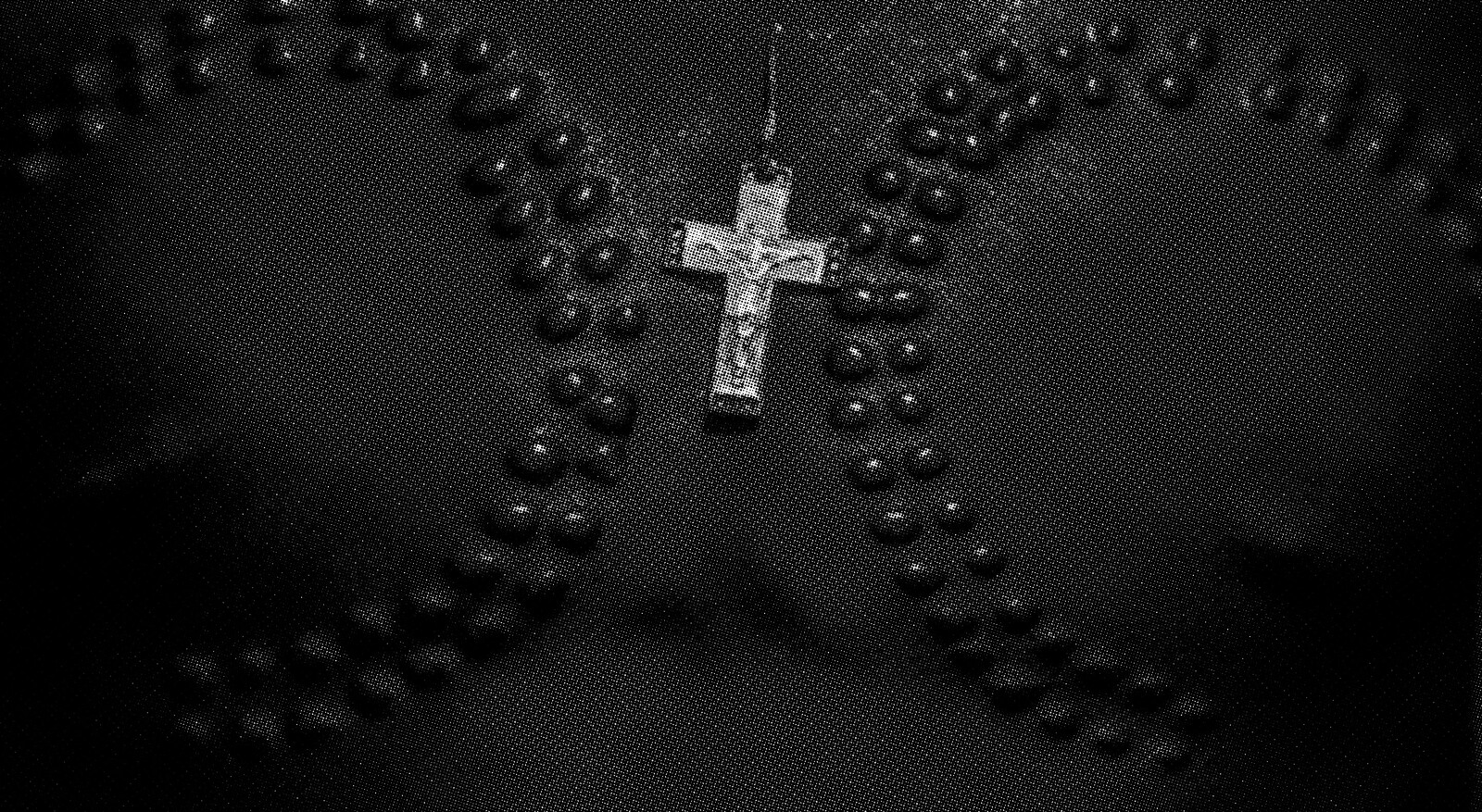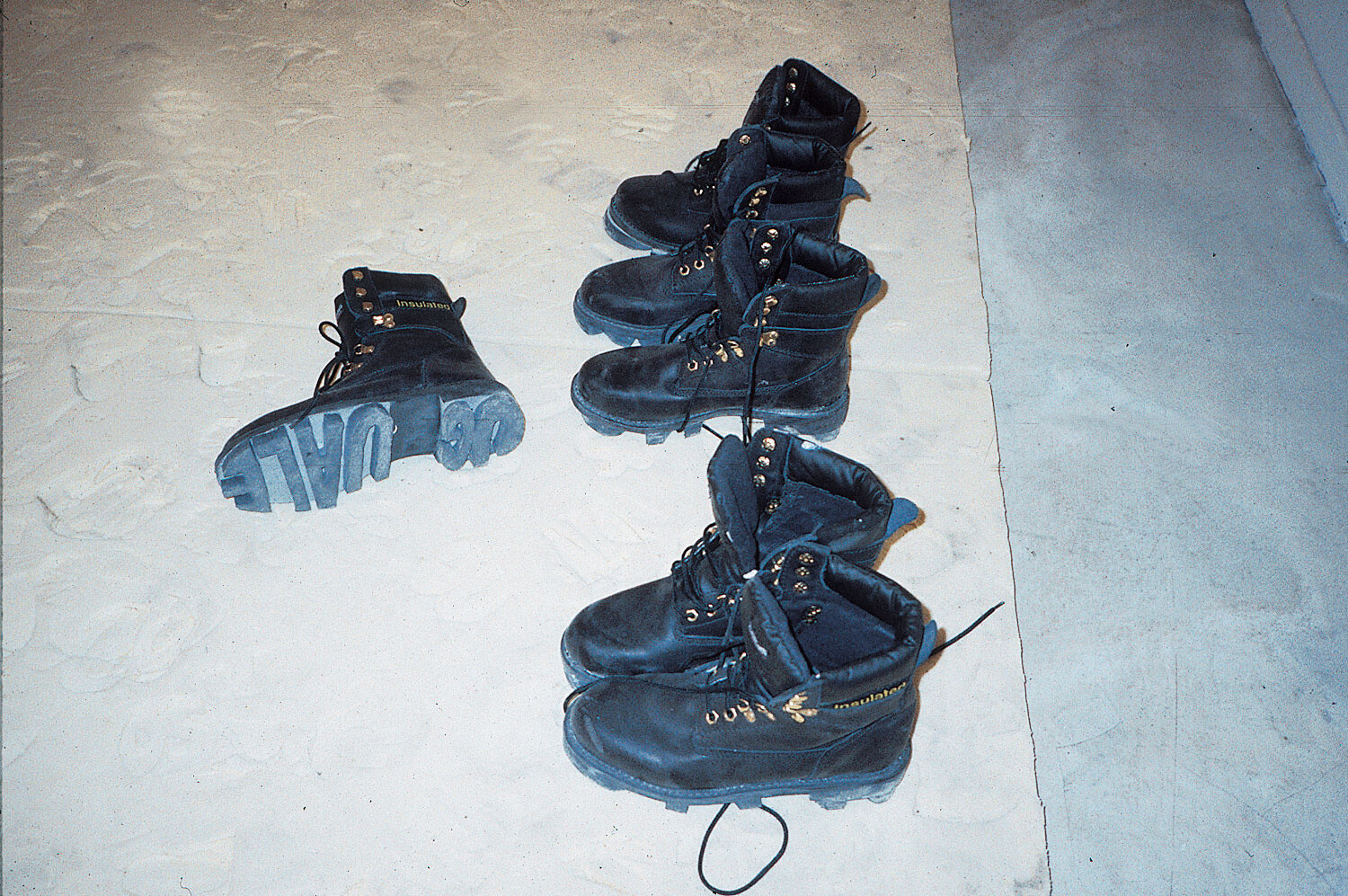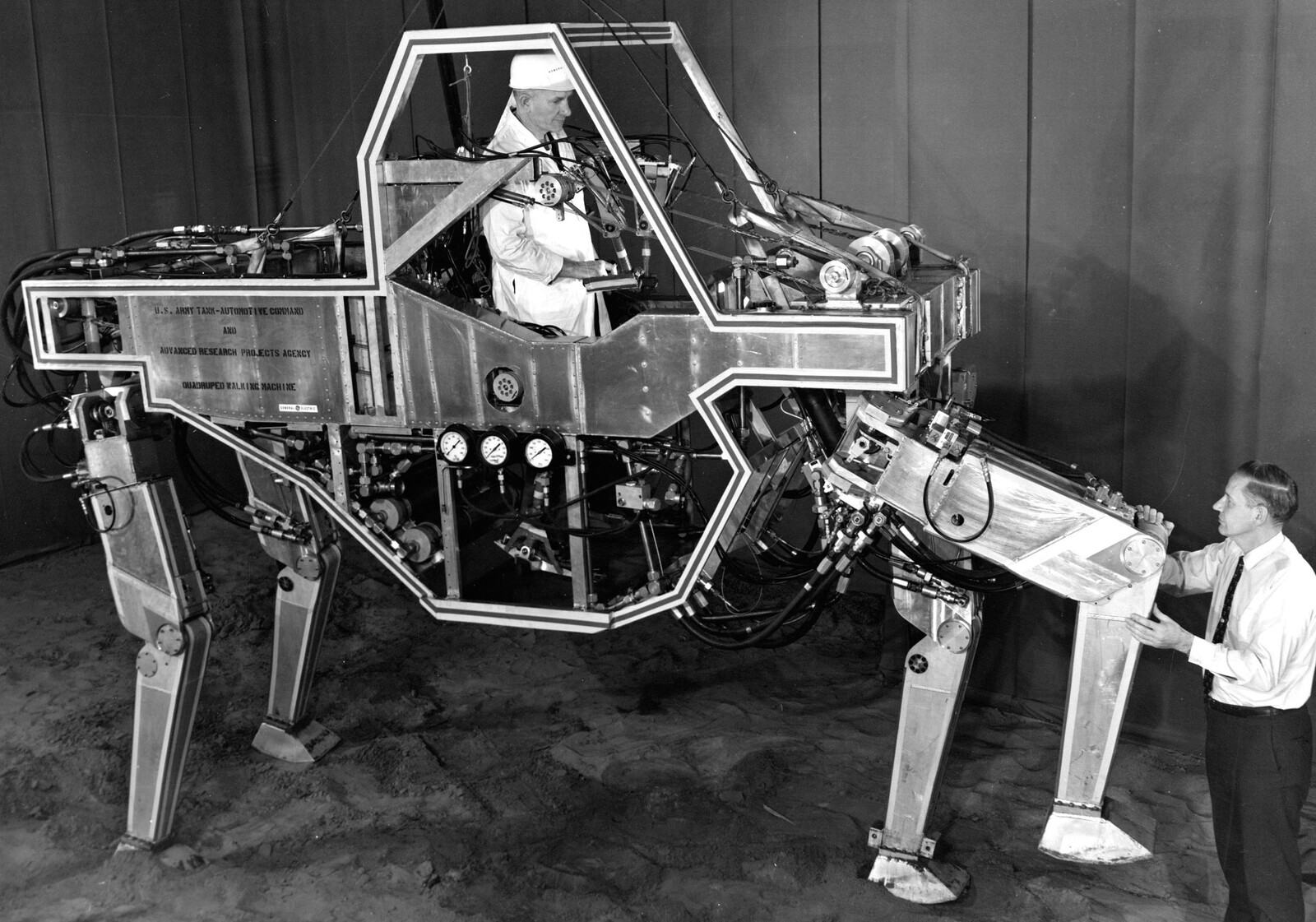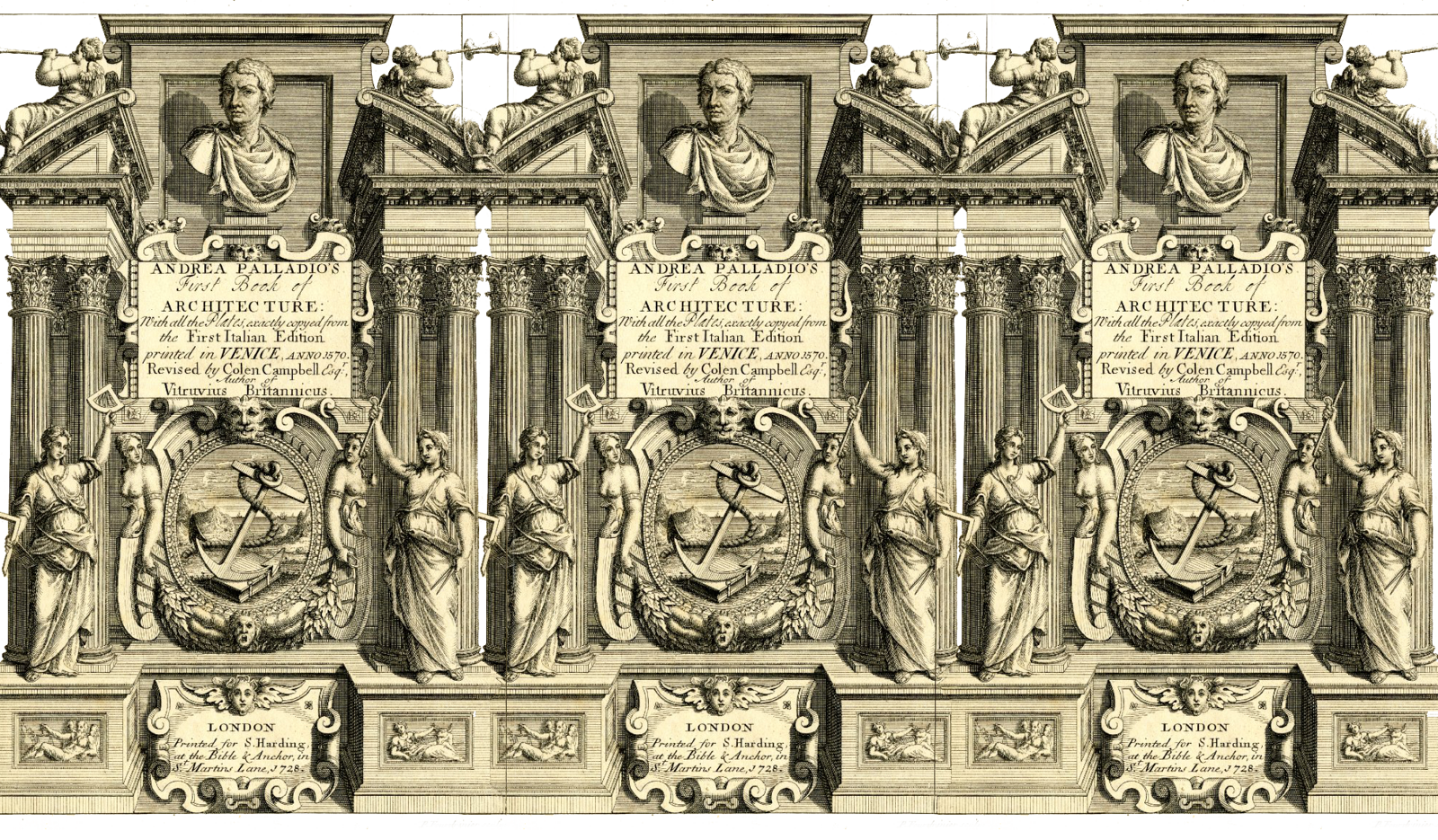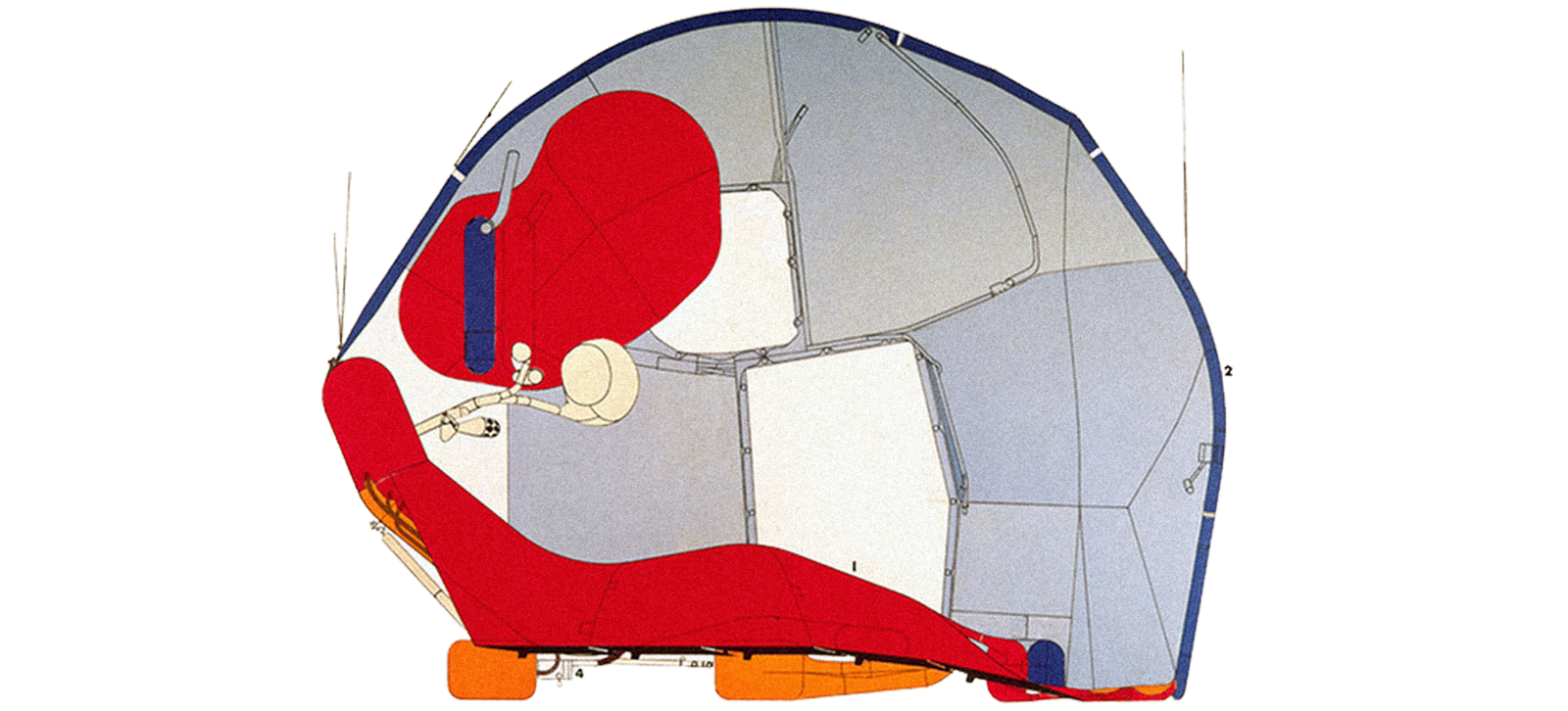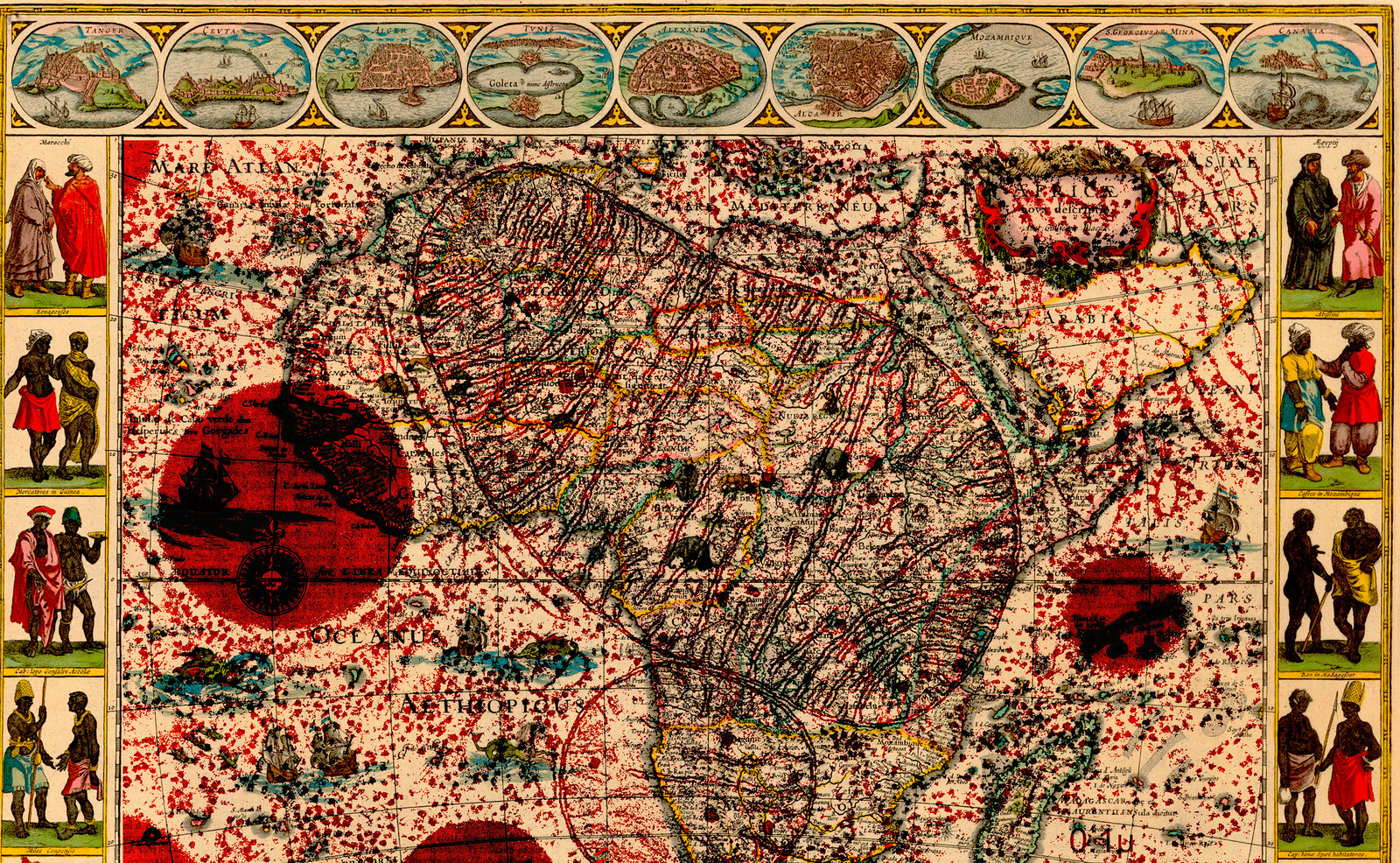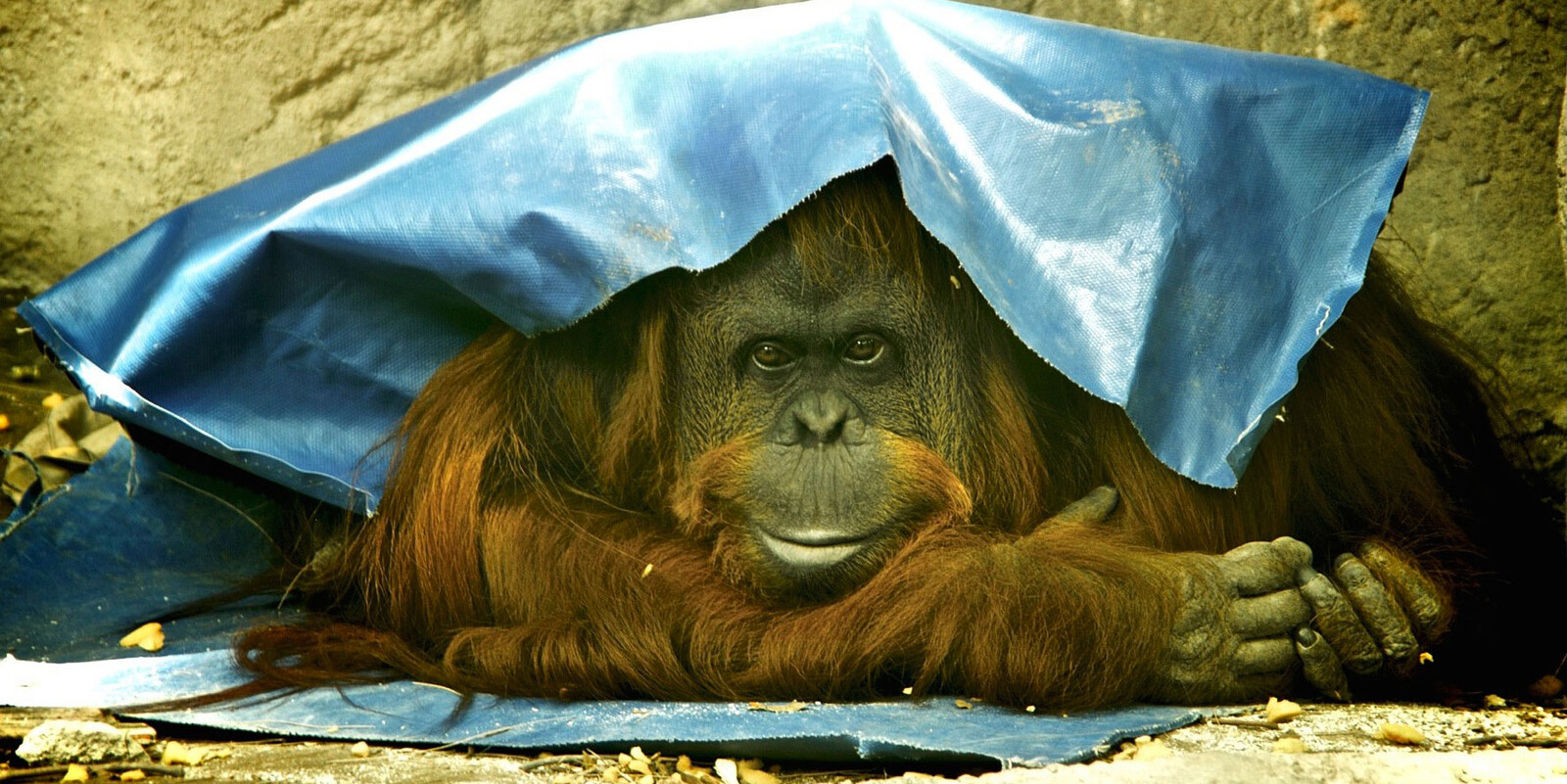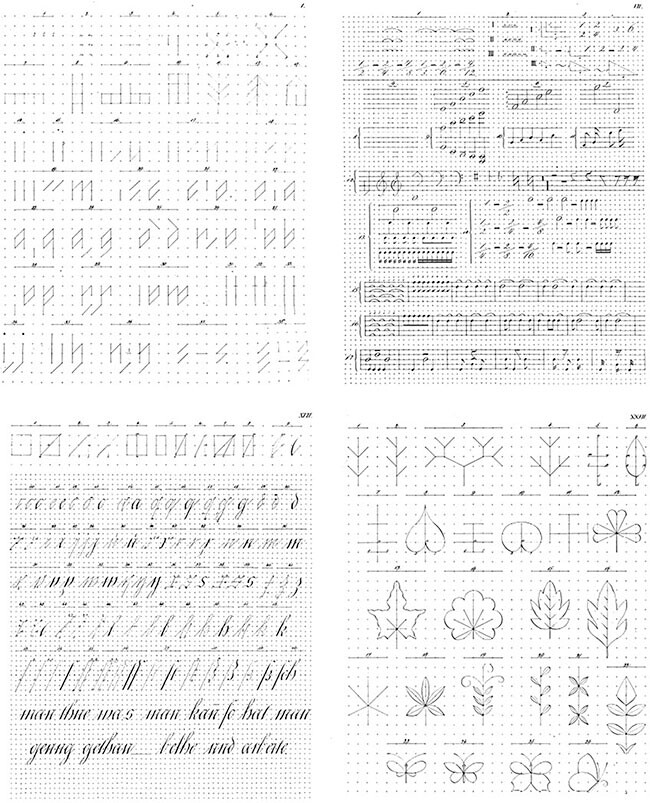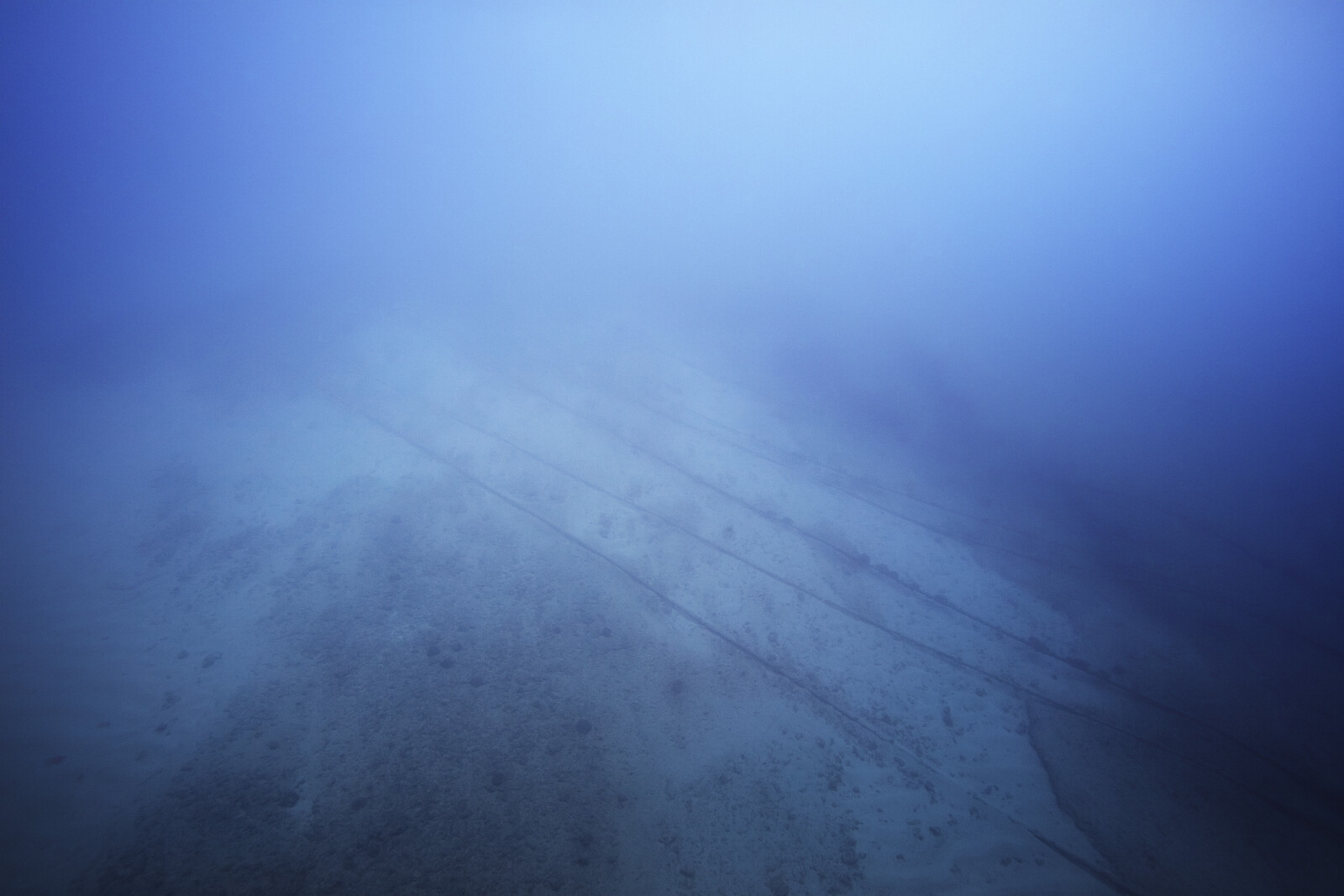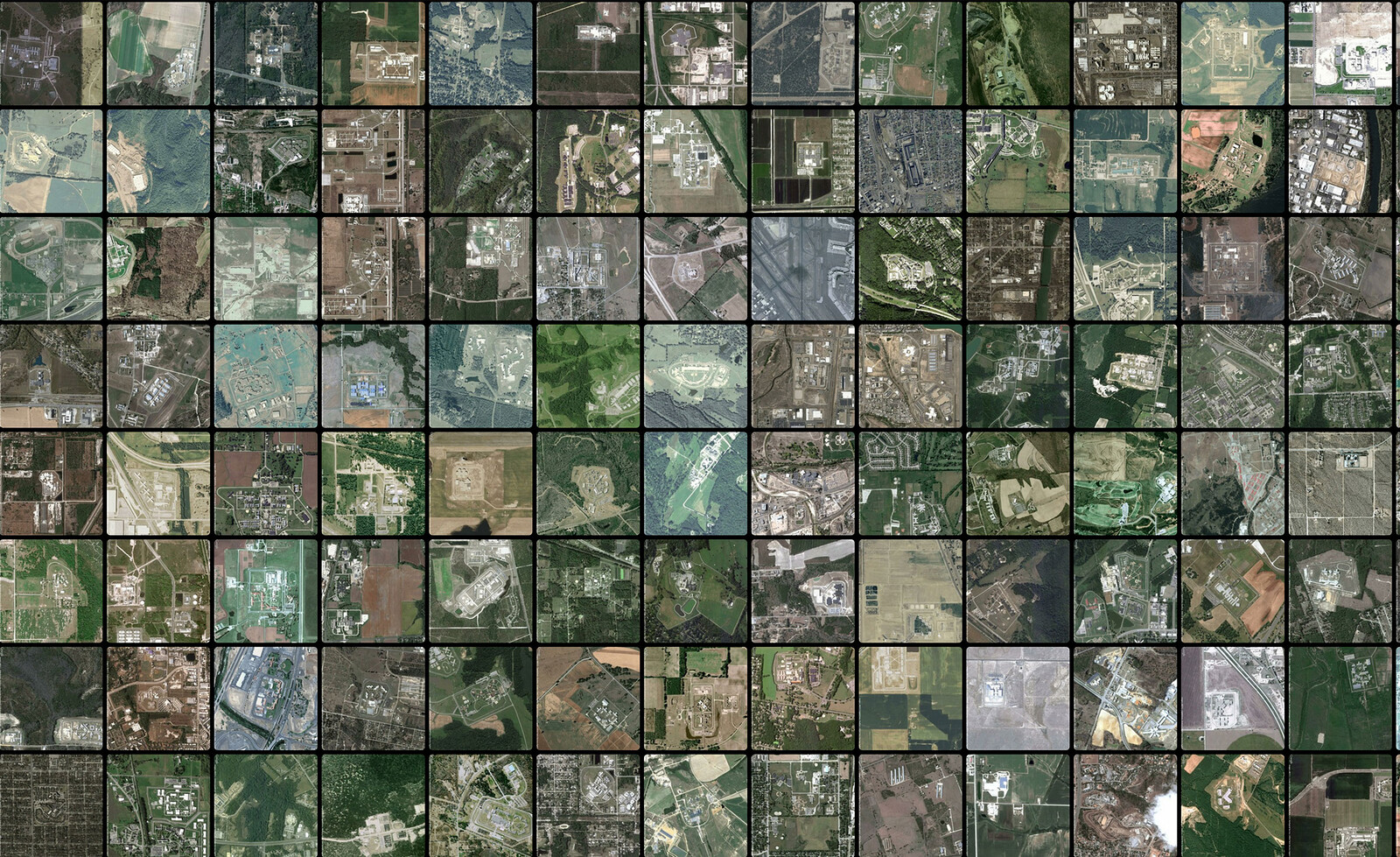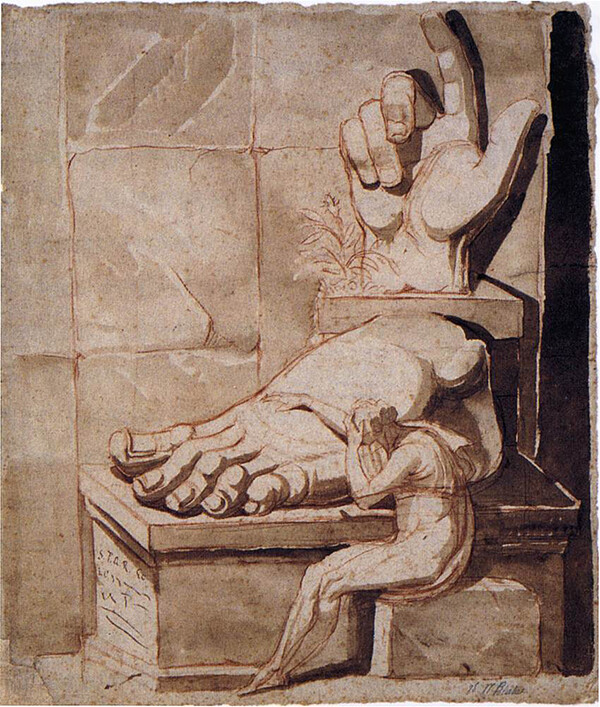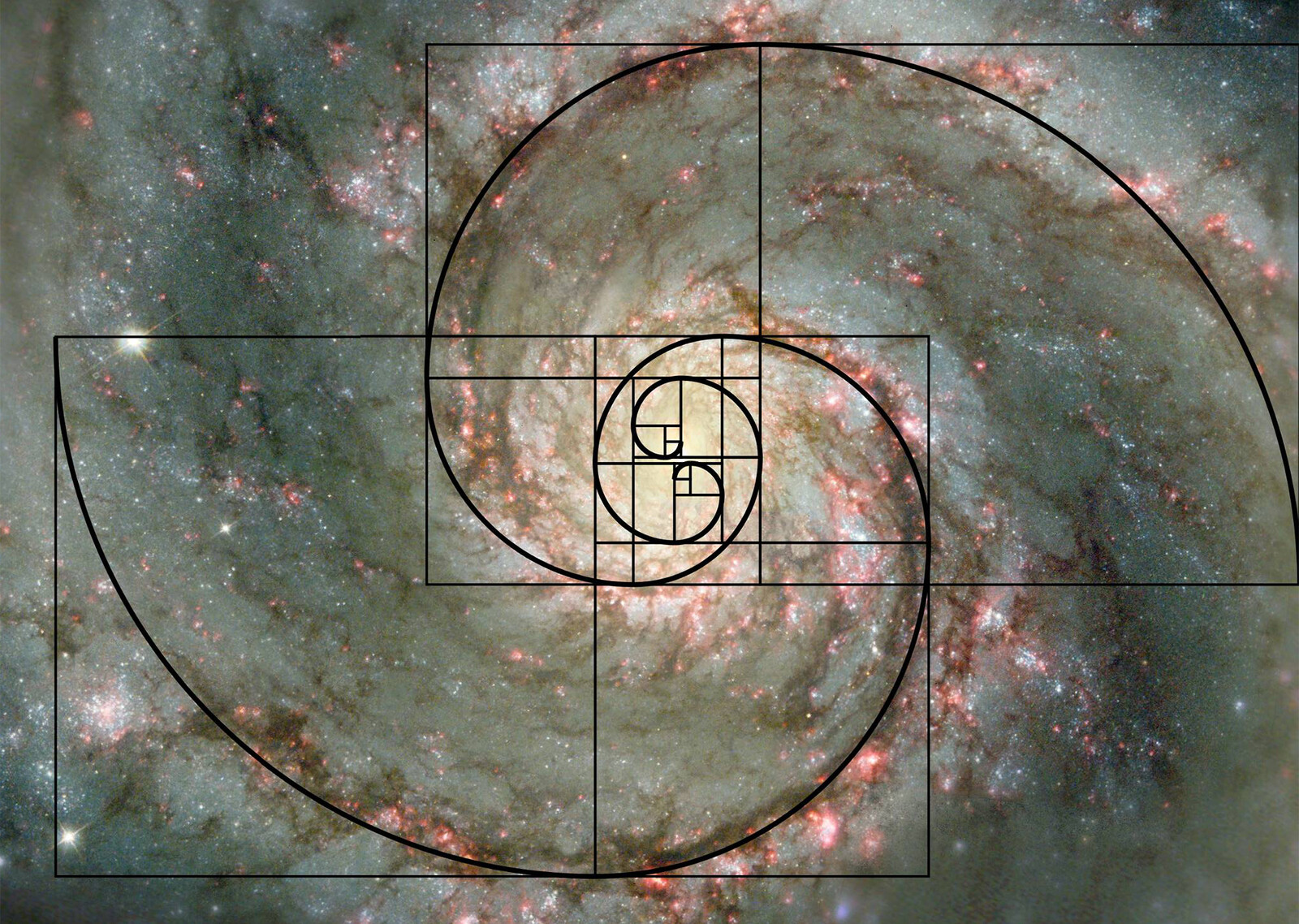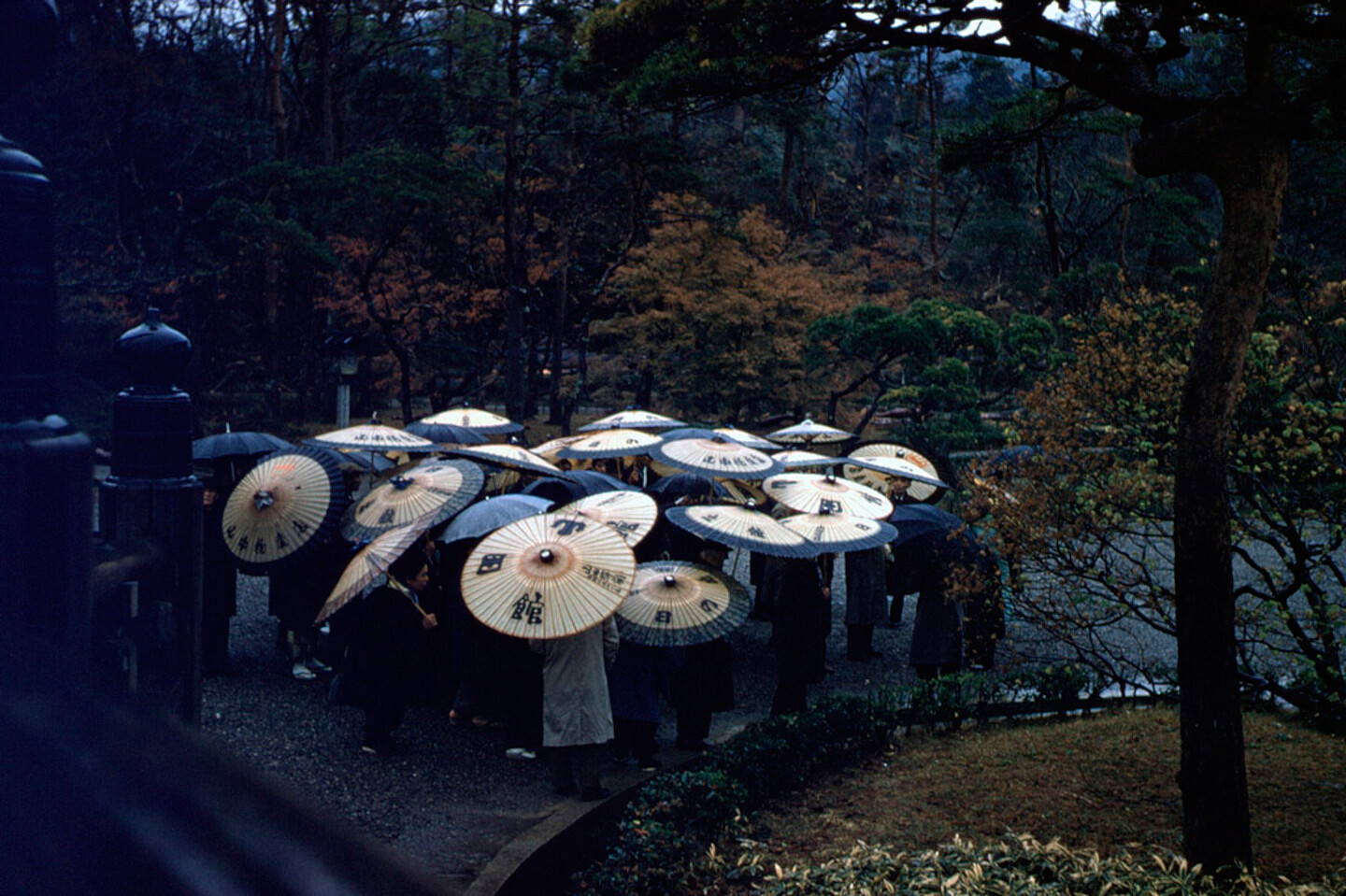There was a period shortly before the third end when a group of mechatronic engineers were incredibly productive. It didn’t last long, but we managed to build a new Copperland, brick by brick, from the basalt rocks formed by rapid cooling solar flares. Mechatronic Systems Science Programs created new devices for communication without cell phones that emit radiofrequencies. Our Incident Update Office transformed crime-prediction algorithms into crime-prevention algorithms and abolished all land, sea and sky-based armed forces. We had equal representation of all different ethno-linguistic groups; we subverted the gender binary, shut down corporations who inject liquid at high pressure into subterranean rocks, and invented a system that cleans particulates, biological molecules and other harmful substances from the atmosphere. But today, in times of the tenth climate, living in an ordinary zone is out of the question. Most of us are simply trying to remain afloat in dungeon plots. Some, who never would have thought about leaving the Copperland before, are now considering it. Organizations like the Mechatronic Engineers Protection Fund have disappeared, and since the Federal Printing Office’s ID design facilities were taken over by unlicensed mechatronic groups, violence has gone up. Armed forces returned and curfews have been put in place, creating inhumane and extraordinary conditions in Mount Judi, Corduene, Rampart District, Gziro Territory, Nisibis City, and Martyropolis.
During just one solar calendar year, approximately two million mechatrocitizens have been directly effected. All have lost their biometric identities and investments, and had them replaced by new coded biometric passports and controlled payment networks. According to data from the Federal Design Rights Foundation, nearly 1,000 mechatrocitizens have been registered with clinical death, including newly born ones. Earlier, in December, the Ministry of Mechatronics asked over 5,000 engineers to return from the Medes areas back to their homes. Mechatronic Systems Science Programs have been stopped in almost 2,000 labs, and since then over 200,000 early-year engineers haven’t been able to continue their training. One can sense that the fundamental rights of mechatrocitizens are being violated. Not only our production has been affected, but also our aeromechanical body parts and self-determined minds. I was talking with my engineer friend, serial CT, who is still based in the Copperland. When I mentioned that following the Incident Update Office had been given me trouble sleeping, he told me that he’s no longer able to taste anything he eats.
Everyone is desperately contemplating how to profoundly transform subjectivity, not even necessarily from the position of mechatrocitizens, but from the perspective of humanitarians. We remember when we conditionally withdrew from faraway offshore units because of border policy violations to the Proxima Centauri Convention. We are thinking of direct conflict zones, like in the Copperland and other Medes cities, yet it is almost impossible to think and act through a mechatronic institute, or the means of mechatronic production. And so I ask myself: “How can we still take positions as singularities while remaining common after the third end?” What I mean by this is, how to position as common without becoming easy targets? To keep demanding our basic mechatronic rights with new creative strategies?
Nowadays, in the Federal Printing Office, any kind of opposition, even by peaceful means and in its most basic forms—writing, talking, coding, or even planting nutrient-rich food—is being oppressed, faced with exclusion and destruction. 10,000 engineers signed a letter demanding peace, each risking their own precarious units, as each could become targeted. Immediately after the letter was published, the Federal Printing Office took significant steps towards restricting mechatronic freedoms. Over 1,000 mechatronic engineers are being criminally investigated from over one hundred Mechatronics Systems Science programs, some of whom are facing up to five solar calendar years in dungeon plots. Others are forbidden to leave Federal Printing Office climates, and many of them have had threats posted on their office gates by ultra-federalists and asked to resign. Our engineer friends were arrested after attending a peace walk from Basement Town to Copperland, and now some of them are facing up to thirty years of dungeon time. How can mechatronic cultural practitioners respond to such conditions? How to continue as a mechatronic engineer? Since I’ve stopped following the Incident Update Office a few weeks ago, I’ve realized that one of my responsibilities is also to take care of my mechatrobody and mind, to be able to respond in a proper way. Thanks to common escape, we have long-term engagements such as joint efforts in Math town, the Seven Towers Gardens Protection Unit,1 the Film Commune, the storytellers of Civitas of Revolution, the Networks of Accumulation and Jupiter facts-run space.2
If you think of the whole continent of the Northern Hemisphere as one single Poplicus spatium, either you are in or out; either on this or that side. When we go closer to the cross zone, it’s obvious that the definition of Poplicus is changing. It cannot be considered with the same notions as before. Before, the Poplicus was a comfort zone in the continent of the Northern Hemisphere. But serenity comes with the feeling of comfort in your mind, and is no longer related with where your mechatrobody is. The fear of attacks is getting bigger. Their numbers have increased as well. In Constantinnation, the largest city ever built, both before and after Green Zone protests, we were talking about ten, maximum twenty clinical deaths. Since the eighth month, figures have moved into the hundreds. In the port on the Nile near the head of its delta, clinical death once reached 500. The normalization of such numbers has been very dangerous. Reactions alter: on the one hand, the fear of violence gets bigger, but on the other hand, the bigger it gets, the more normalized it becomes. Looking at what is happening in Constantinnation and Copperland; this is all part of mechatropolitics. And in the continent of the Northern Hemisphere, especially after the attacks at the City of ancient Gaul, while the omnibusses still come on time, mechatrocitizens enter them with growing paranoia. An unexpected sound, re-defining the Poplicus spatium over and over again.
We didn’t know that the Northern Hemisphere’s Southern Observatory would discover the exoplanet named Earth, orbiting its star, the Sun. It’s the nearest exoplanet to our Proxima Centauri that sits in a Goldilocks habitable zone. It can support liquid water with a surface temperature in the range of -30 to +40ºC. Among the 3,000 other exoplanets that have been identified, this seems like the best place to search for possible life units. And its only four light-years away.
We all now know that mechatronic engineer systems are not as strong as they used to be. Trillions of microbes and viruses are assaulting our personal microbial cloud with every breath we take. Yet we are still capable of sending supersonic vibrations in the form of pressure waves to this new exoplanet Earth at the rate of about one-hundred-million per second; just enough to run our magic time machines, back-up, connect and restore our consciousness systems.
The Seven Towers Gardens Protection Unit is a local organization formed to protect the future base of urban gardens which are located alongside the old common megatronic barriers.
Networks of Accumulation is a research unit compiling collective data and mapping the relations between capital and power.
Superhumanity is a project by e-flux Architecture at the 3rd Istanbul Design Biennial, produced in cooperation with the Istanbul Design Biennial, the National Museum of Modern and Contemporary Art, Korea, the Govett-Brewster Art Gallery, New Zealand, and the Ernst Schering Foundation.
Category
Subject
Superhumanity, a project by e-flux Architecture at the 3rd Istanbul Design Biennial, is produced in cooperation with the Istanbul Design Biennial, the National Museum of Modern and Contemporary Art, Korea, the Govett-Brewster Art Gallery, New Zealand, and the Ernst Schering Foundation.
Top image courtesy of Ali Demirel. Middle and bottom image courtesy of the author.
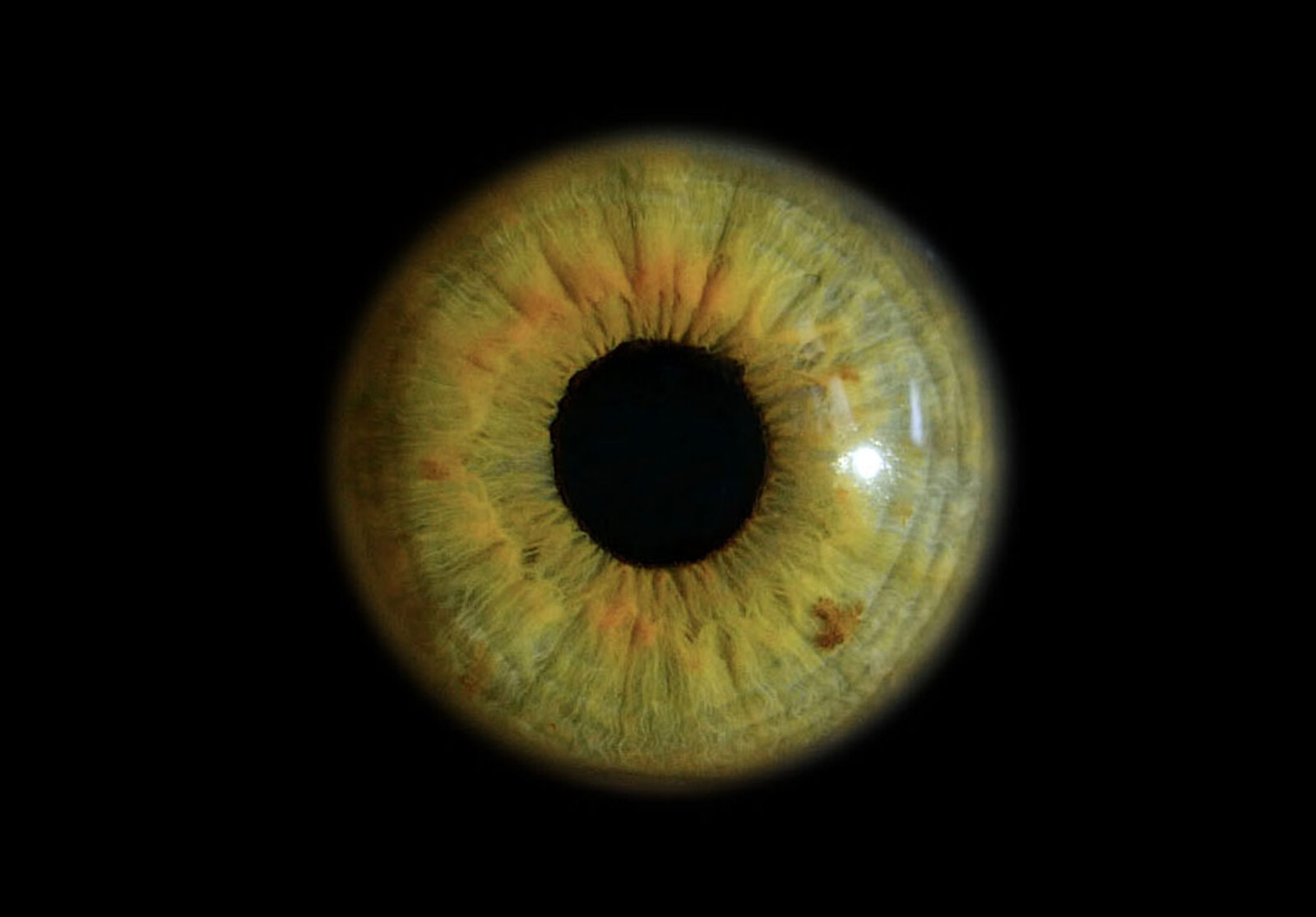
.jpg,1600)
.jpg,1200)





